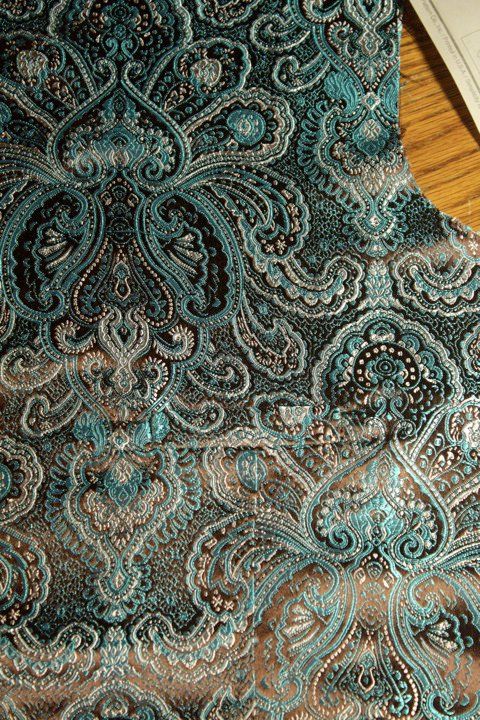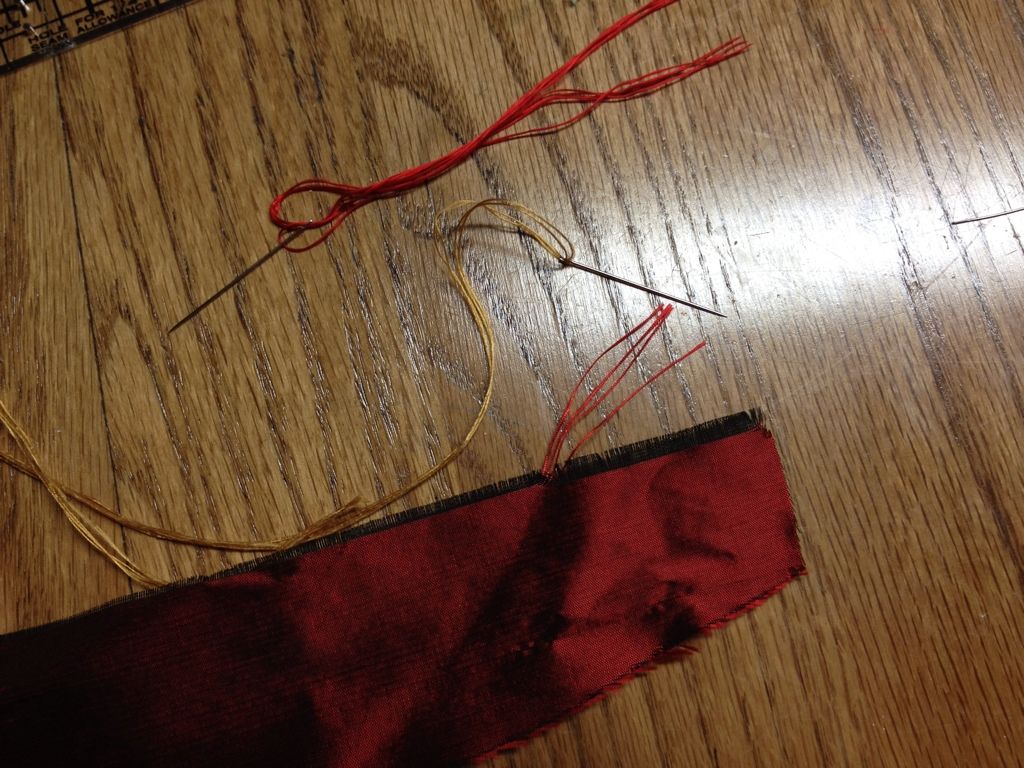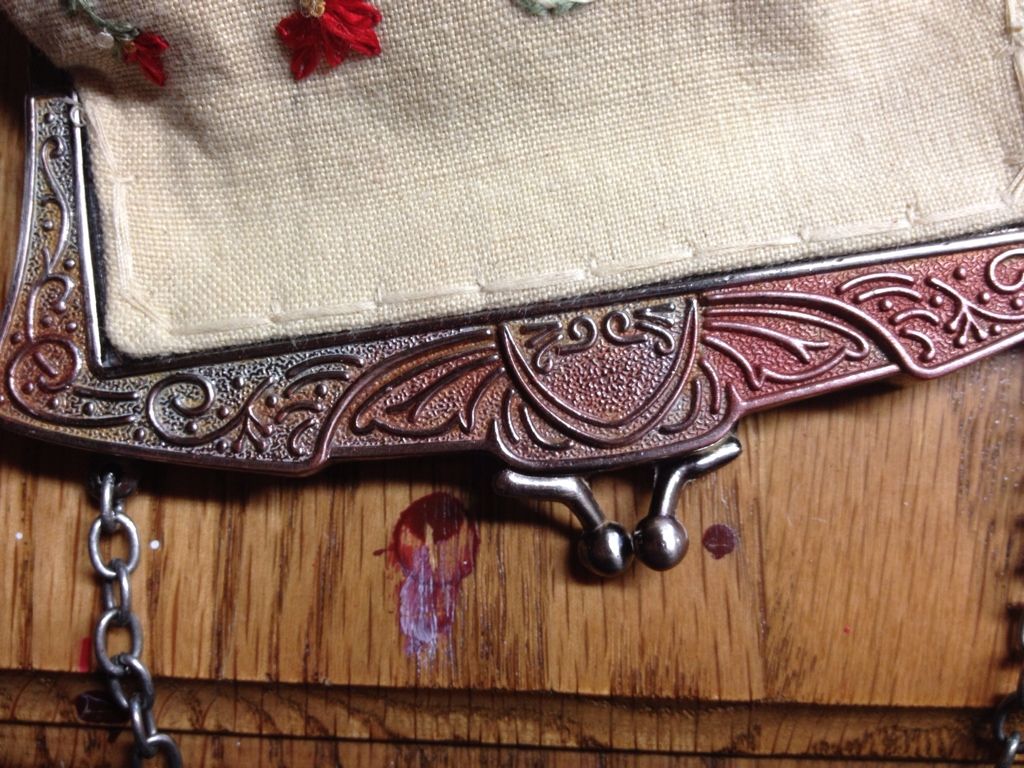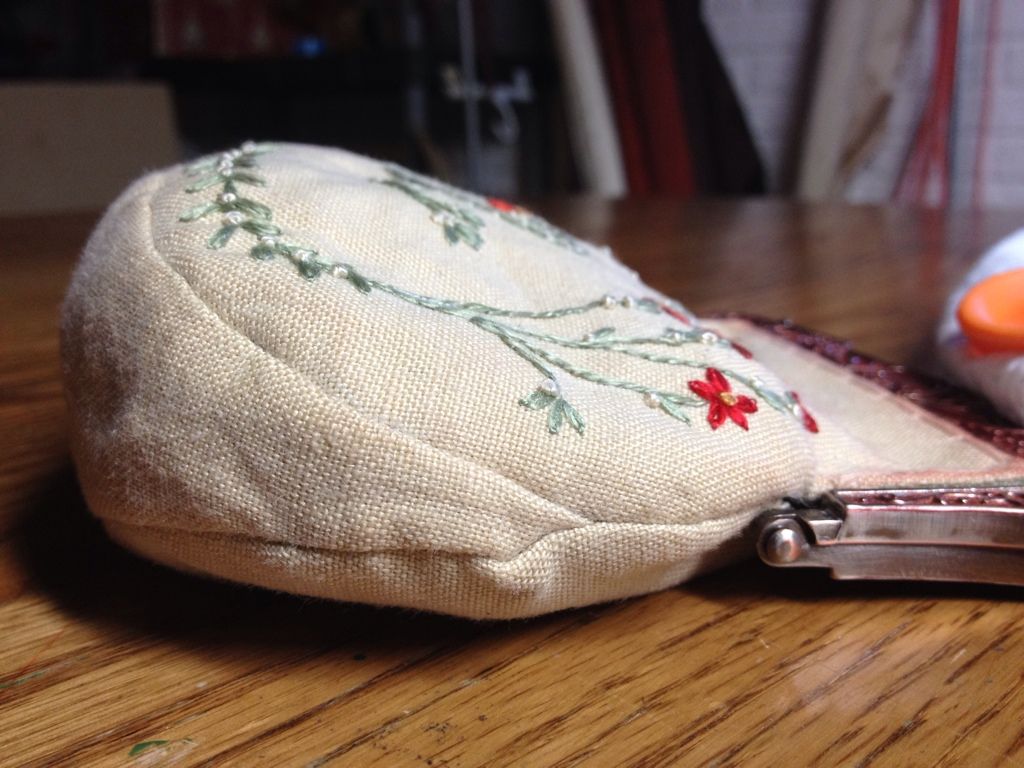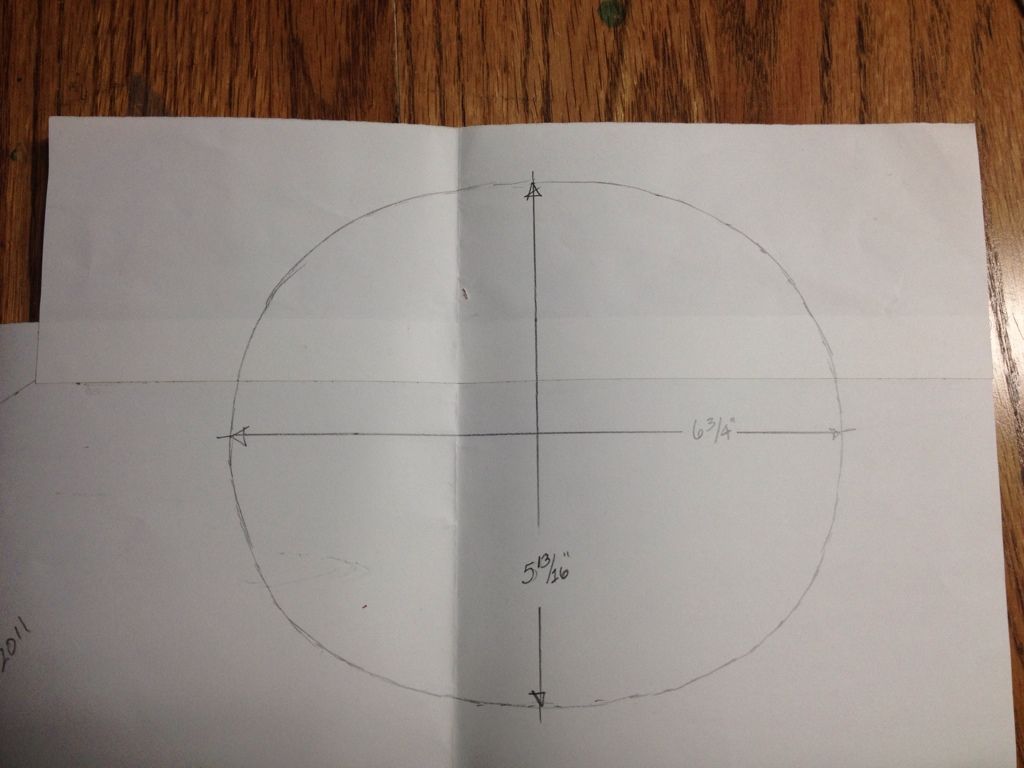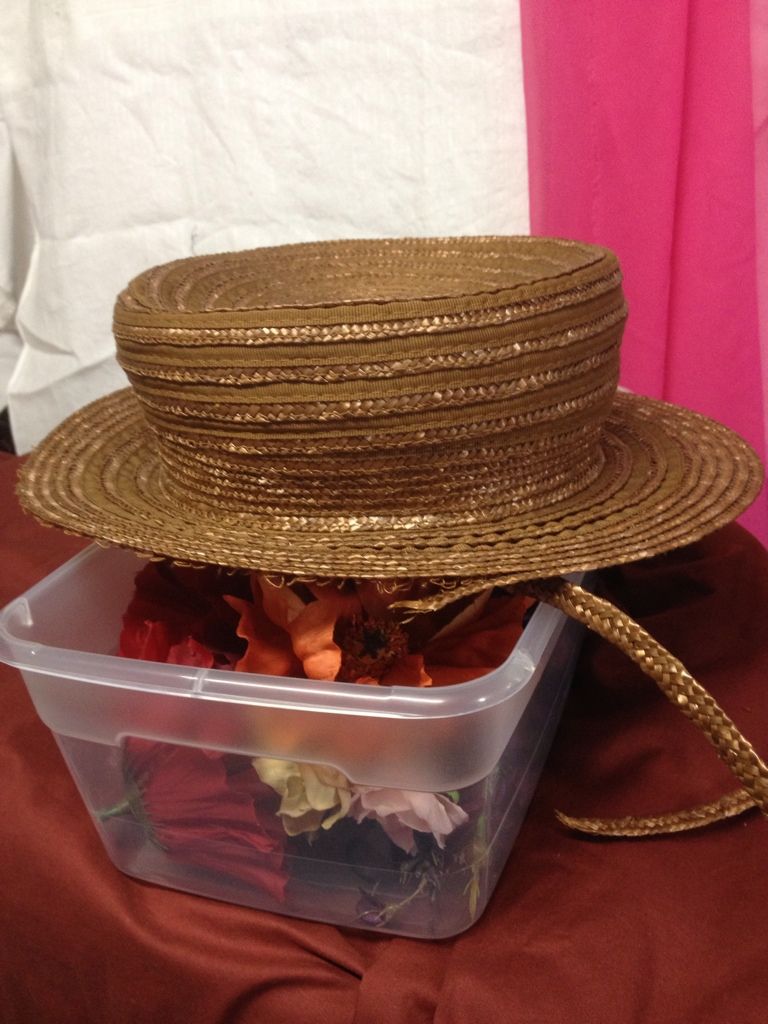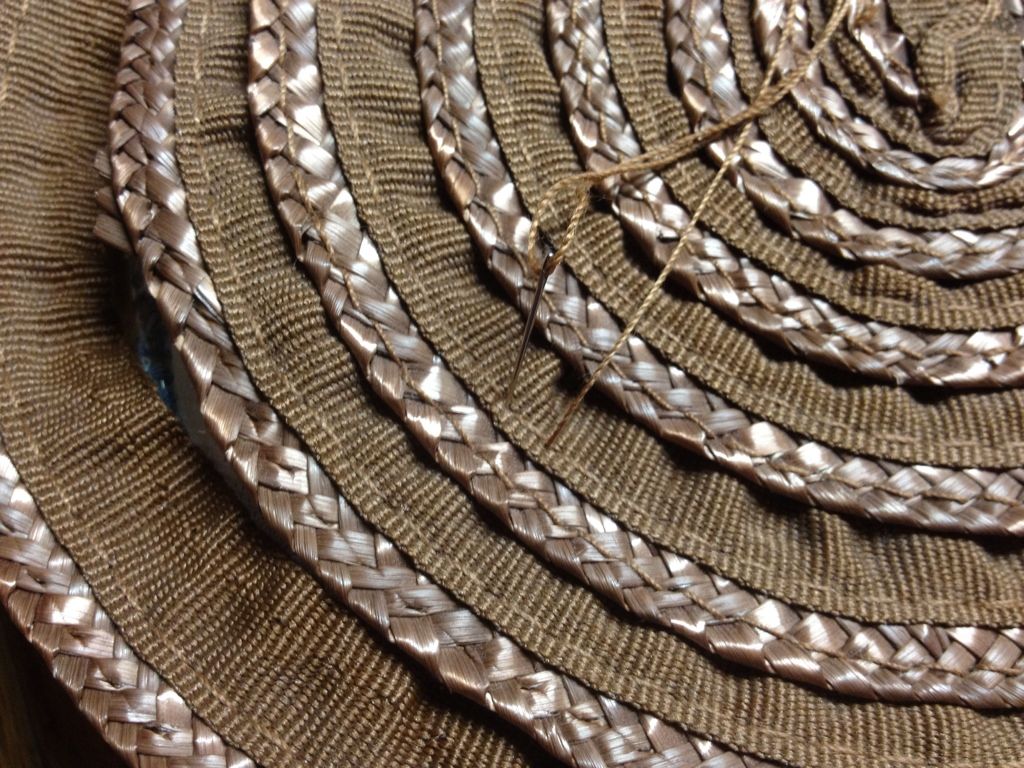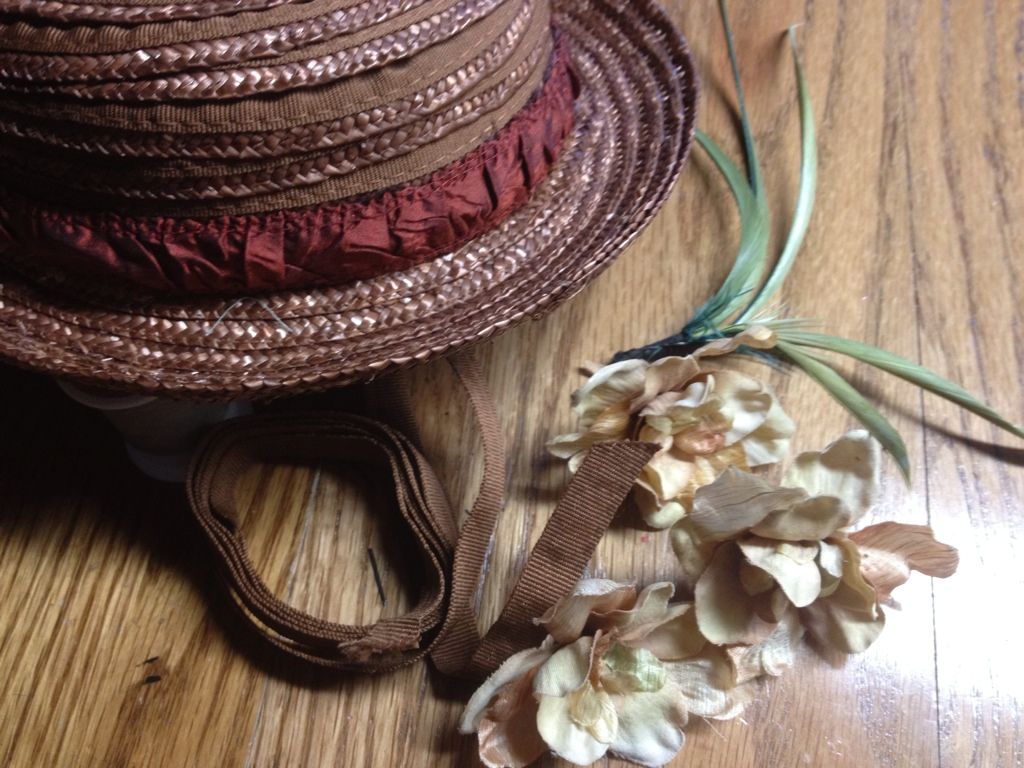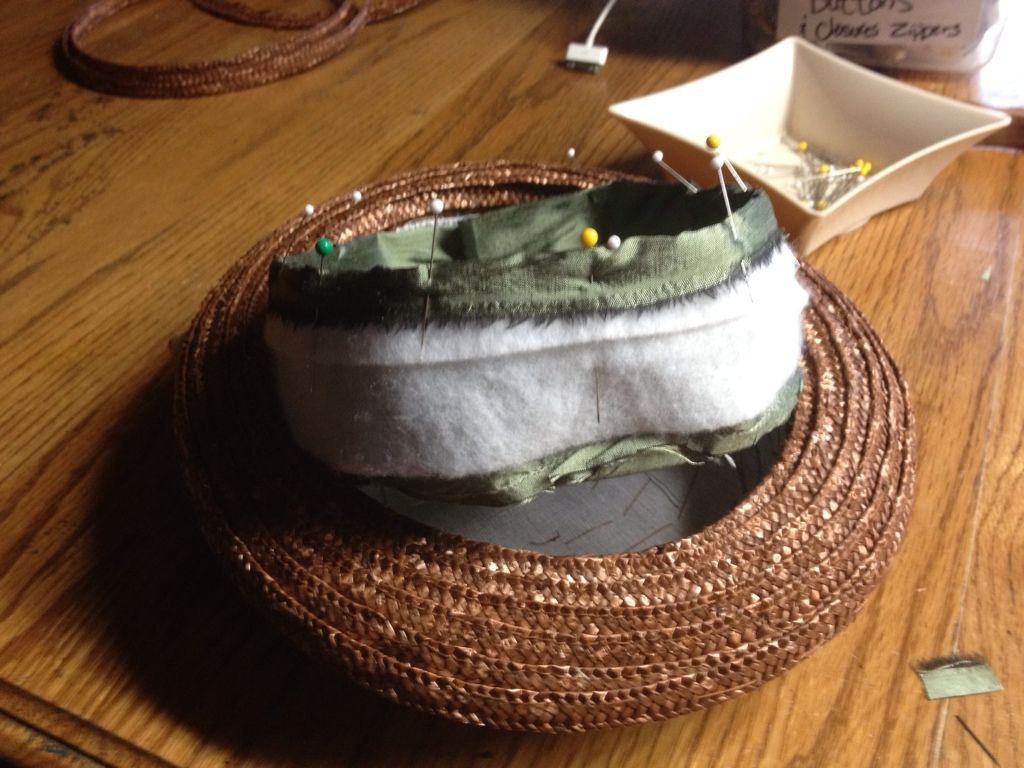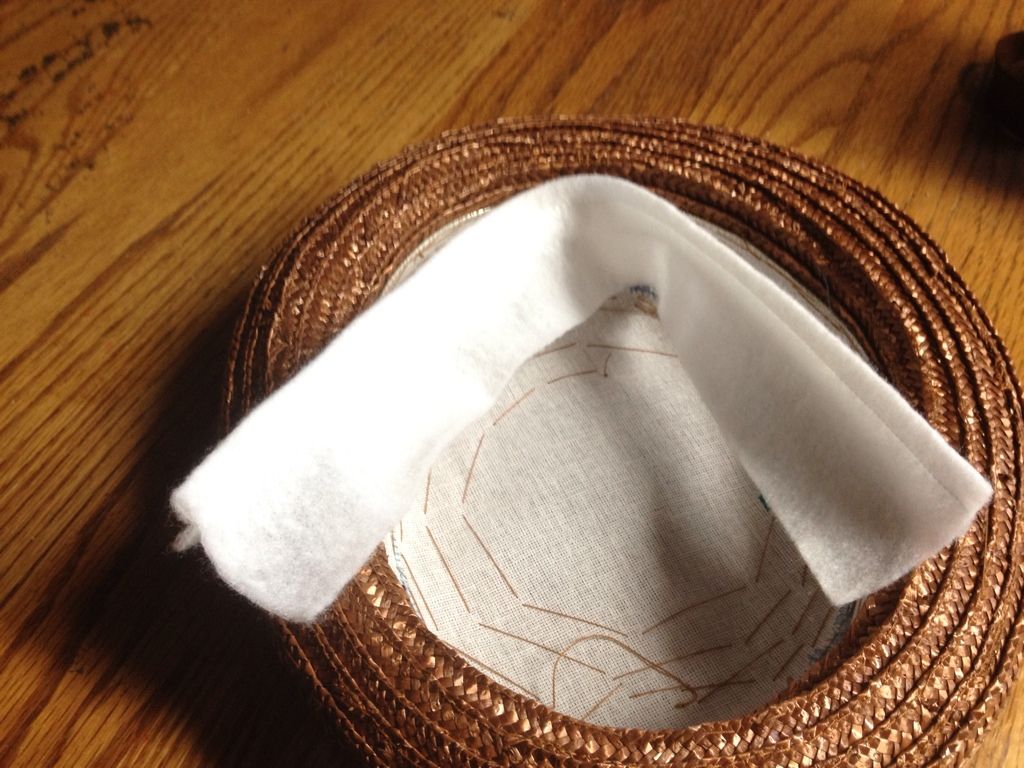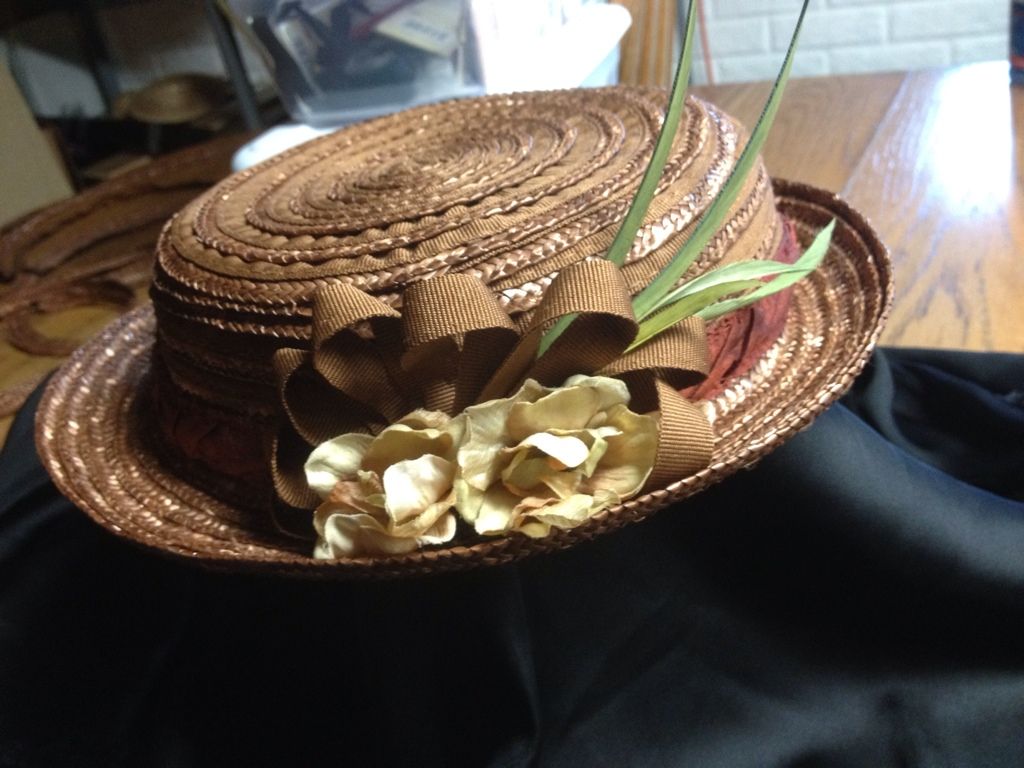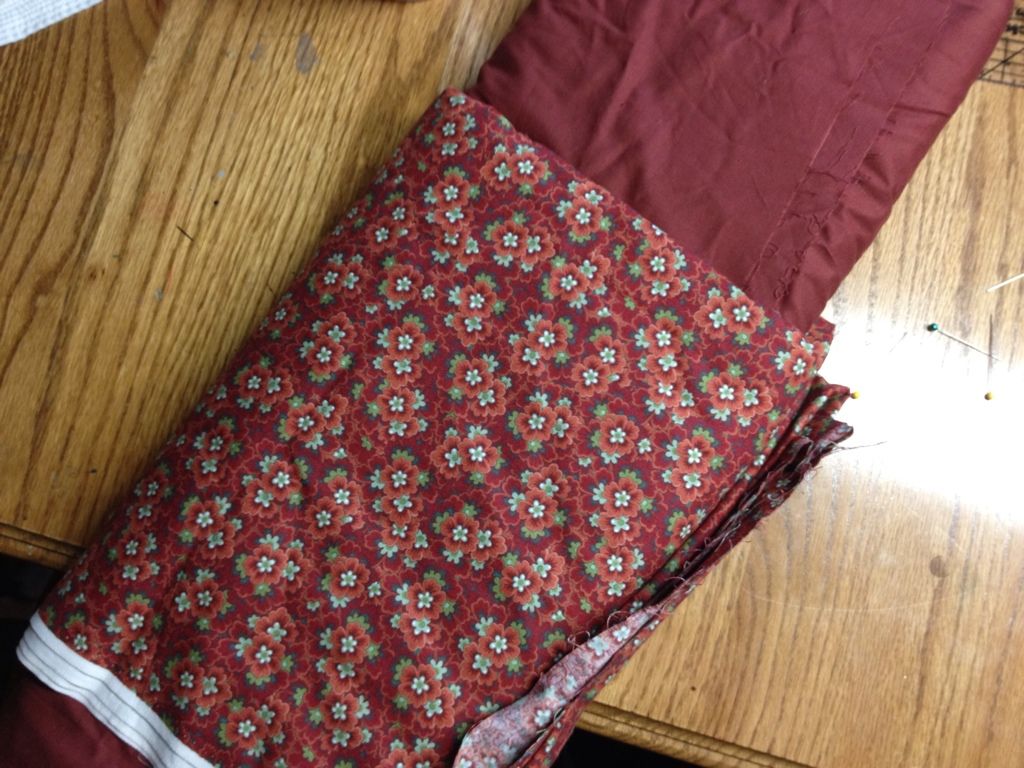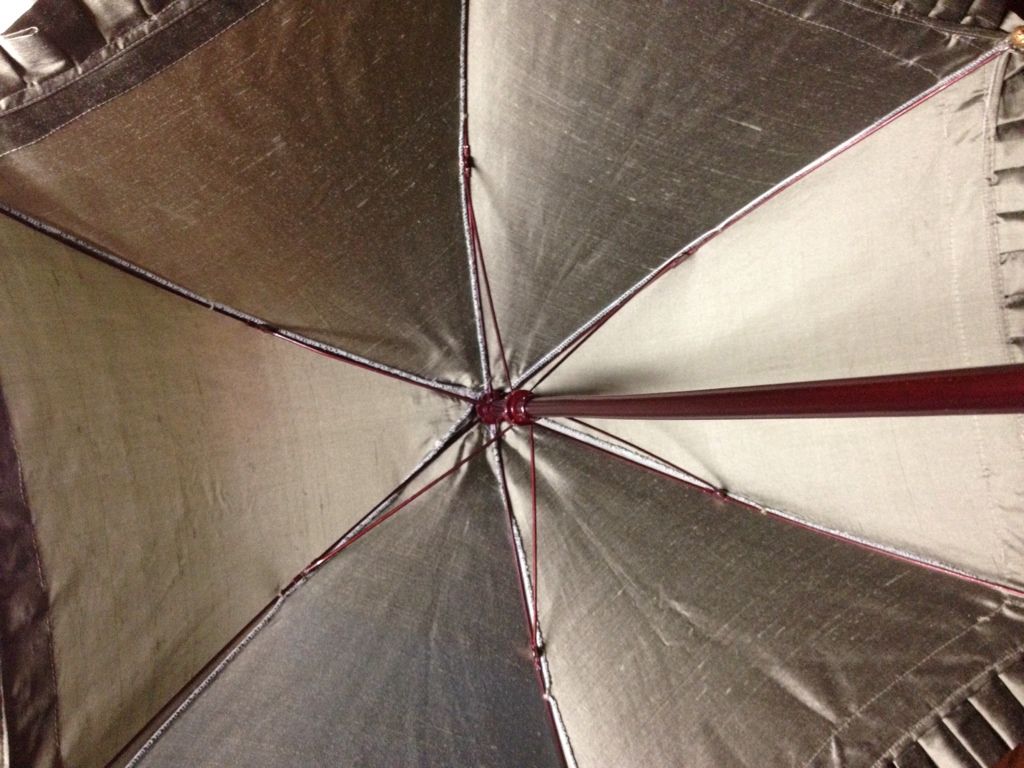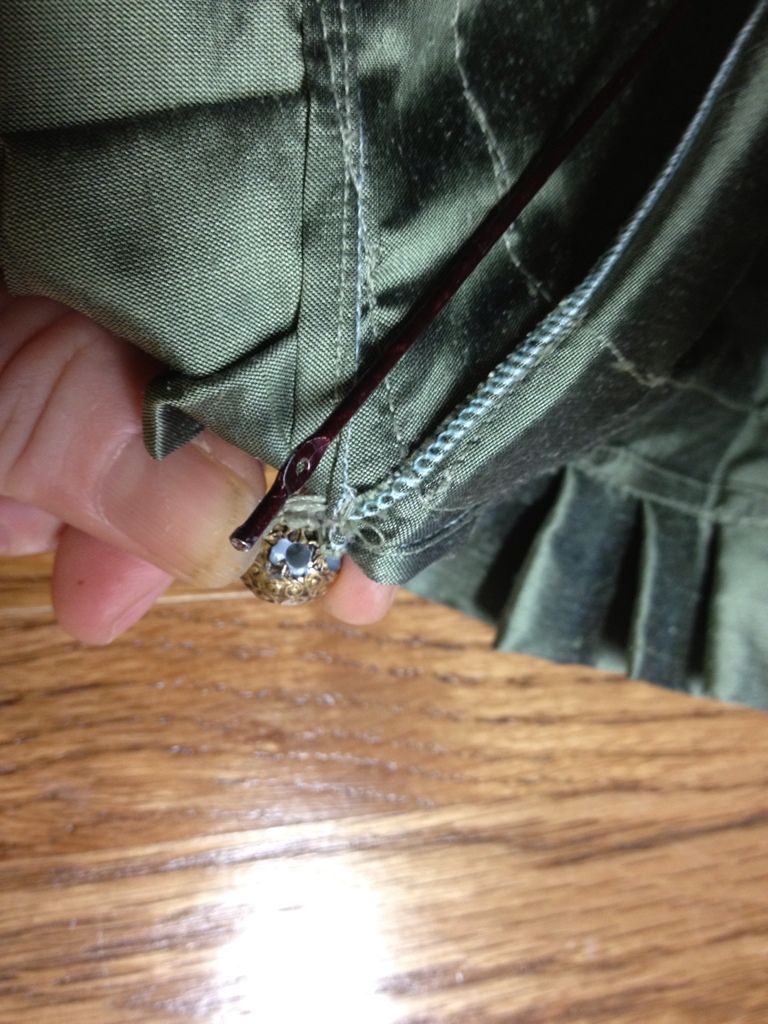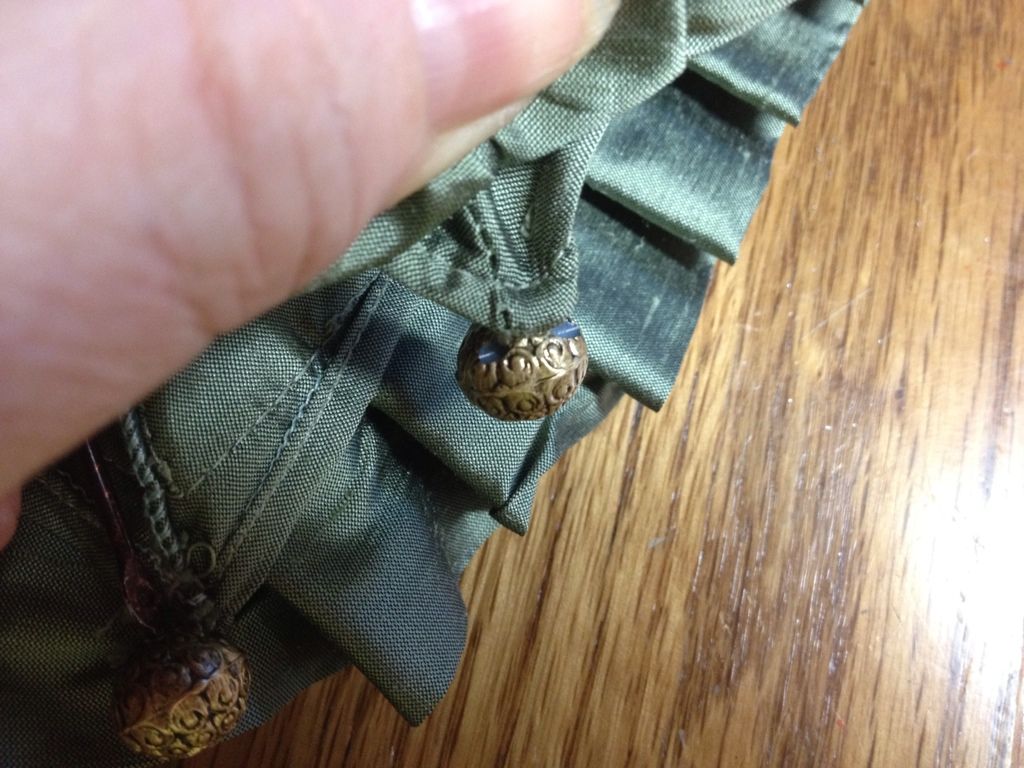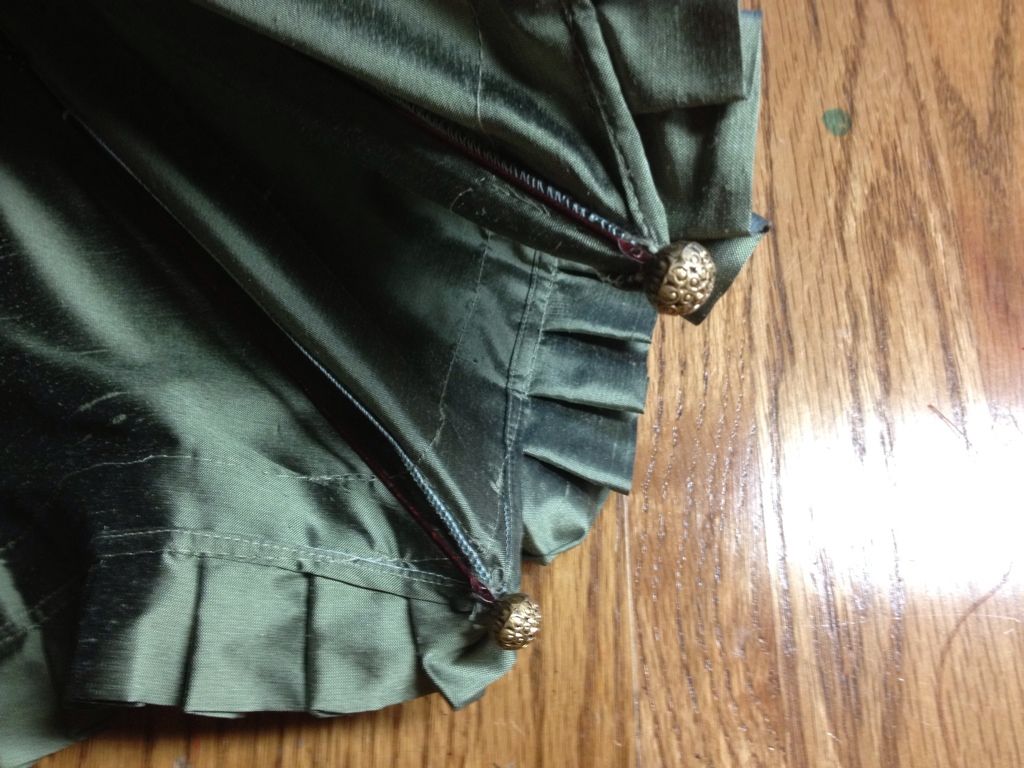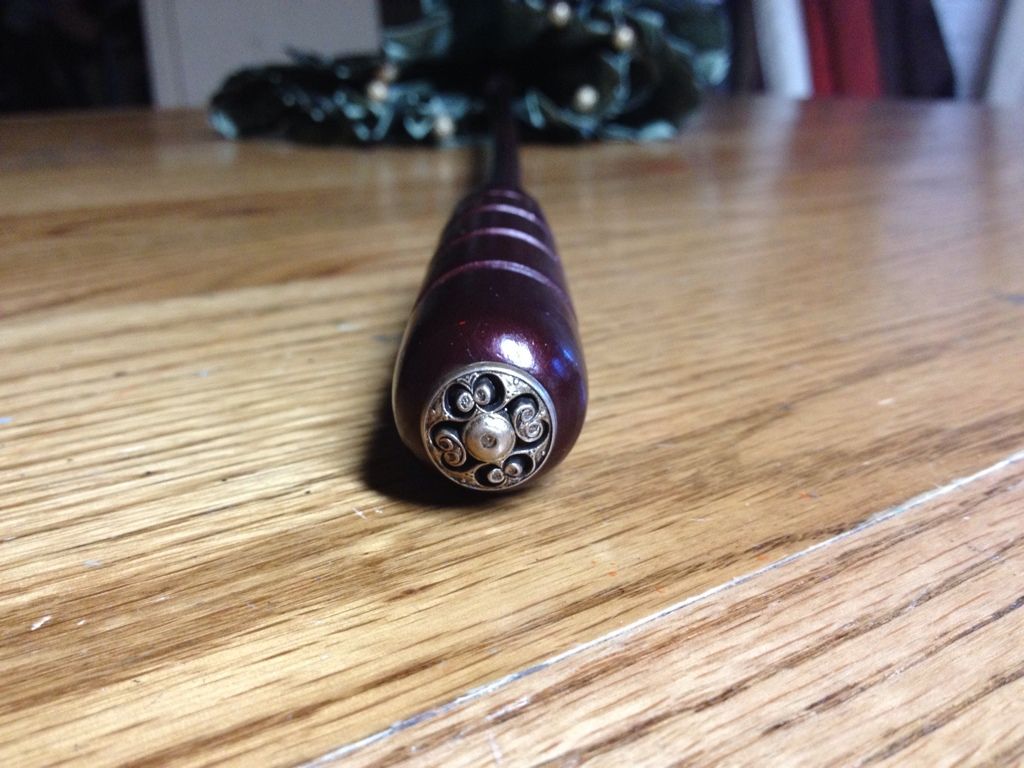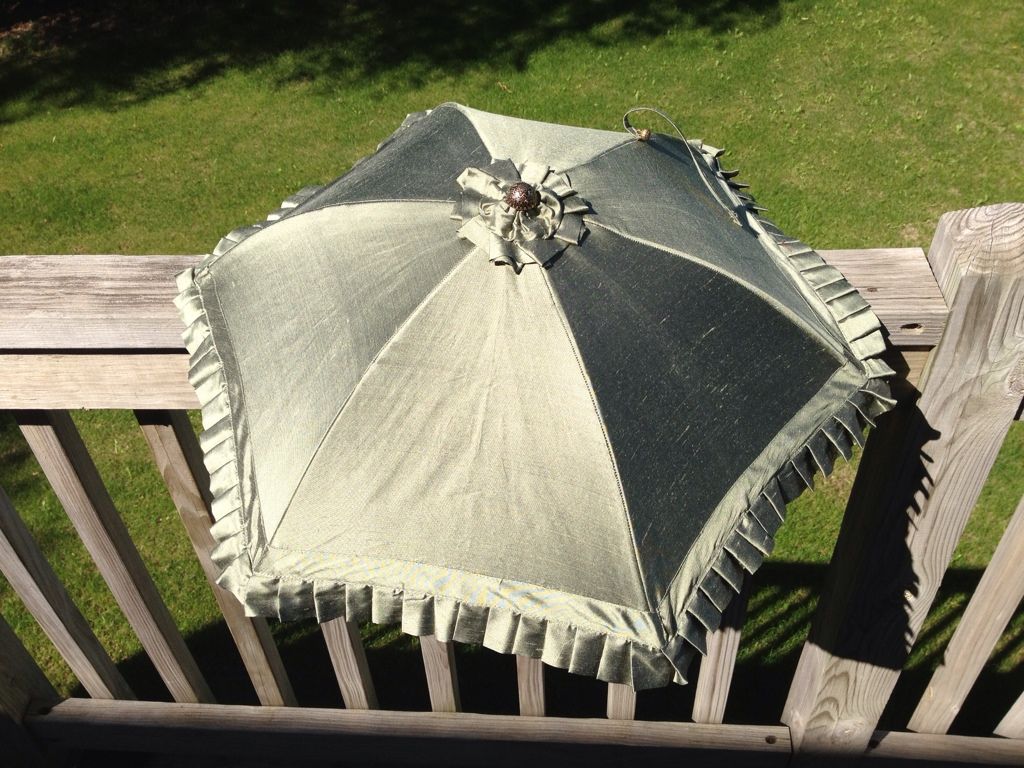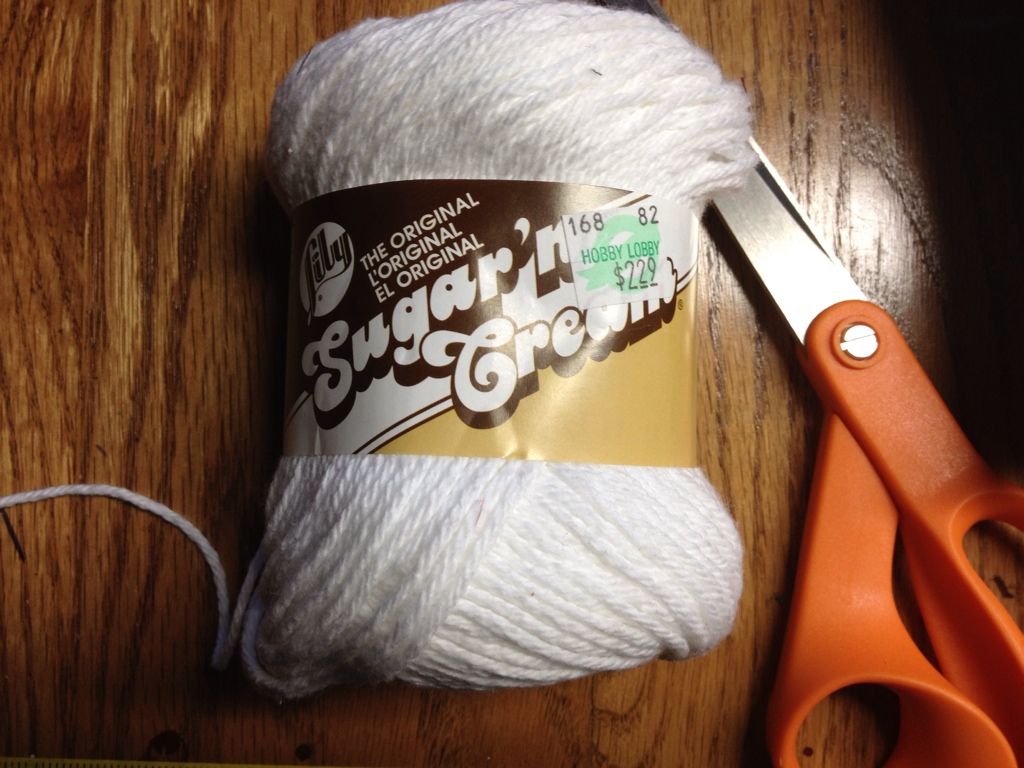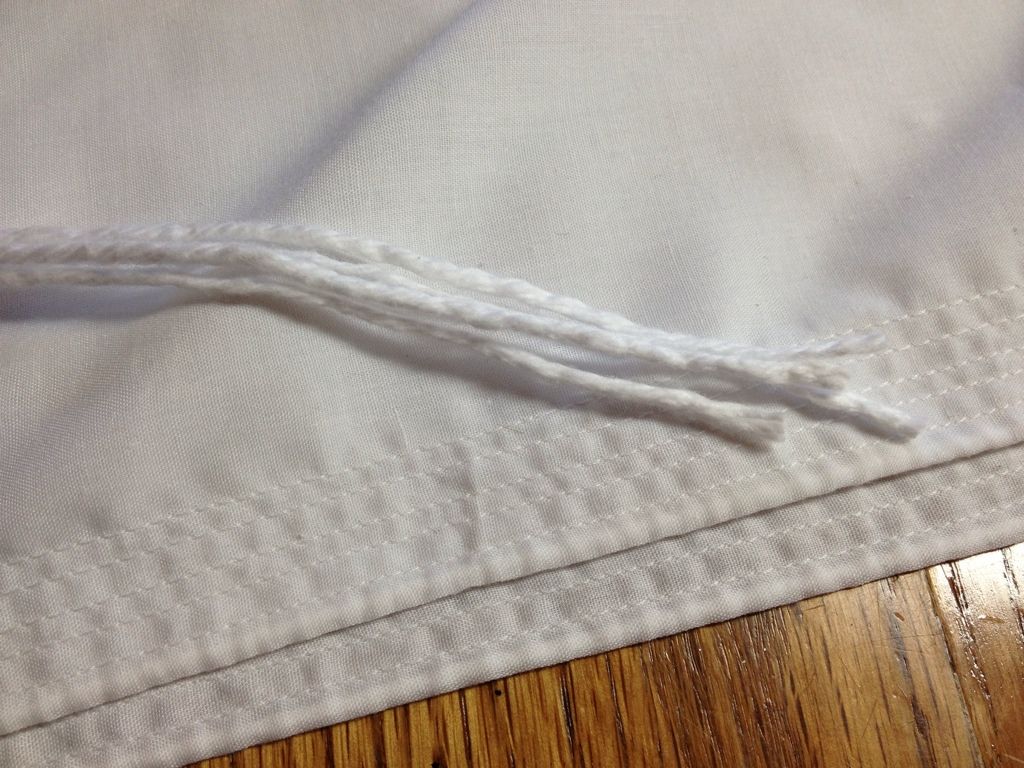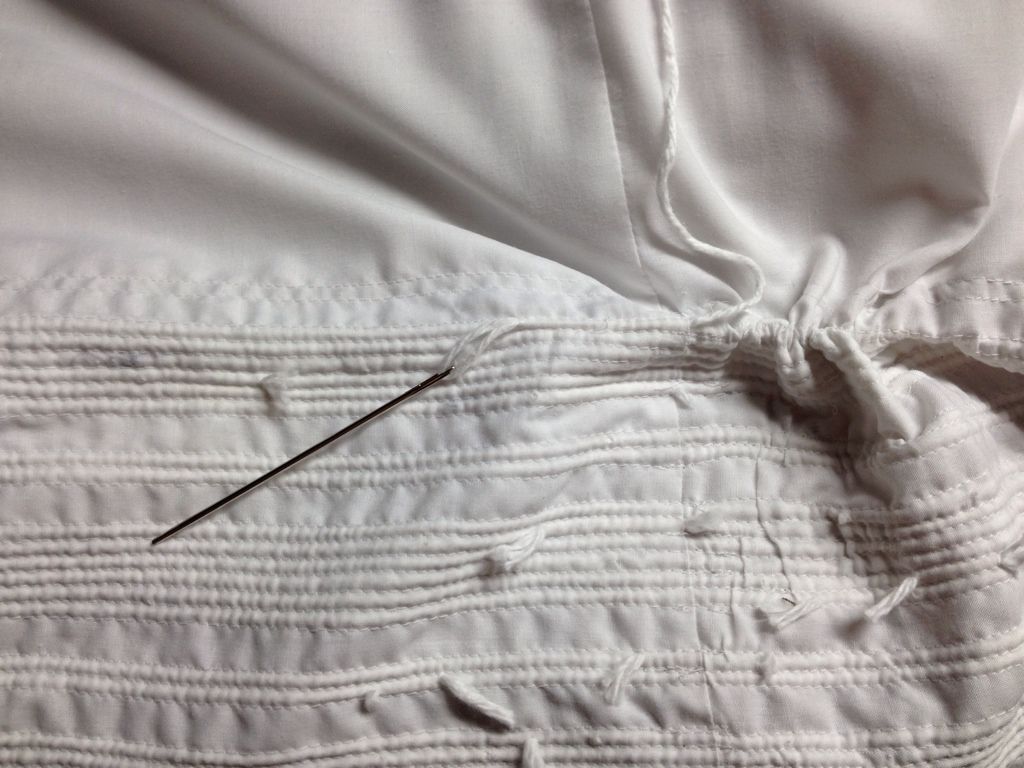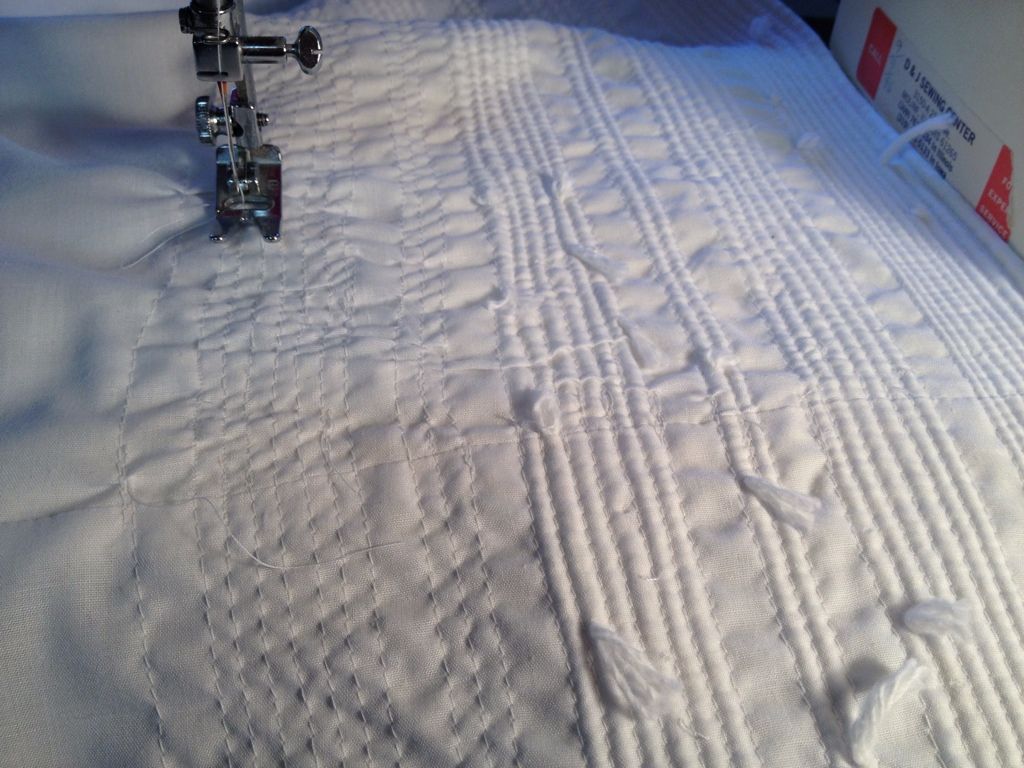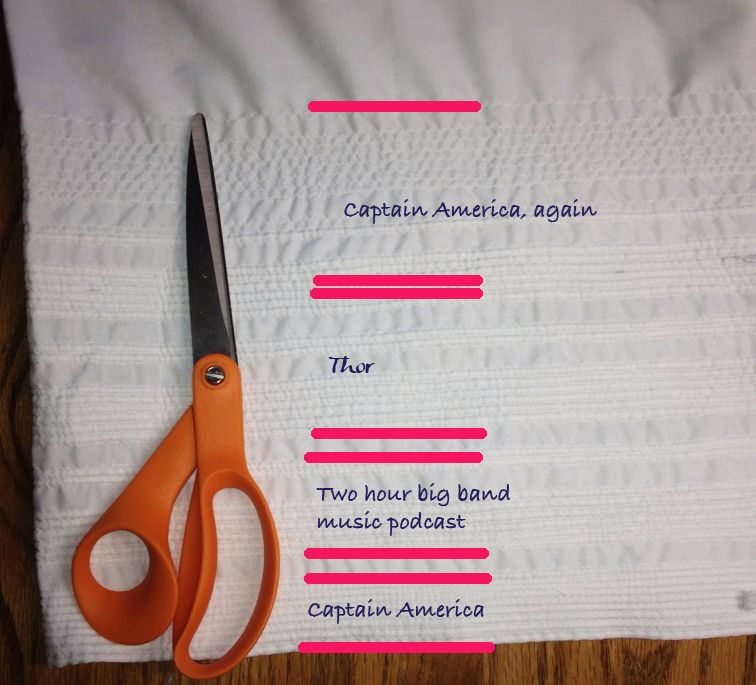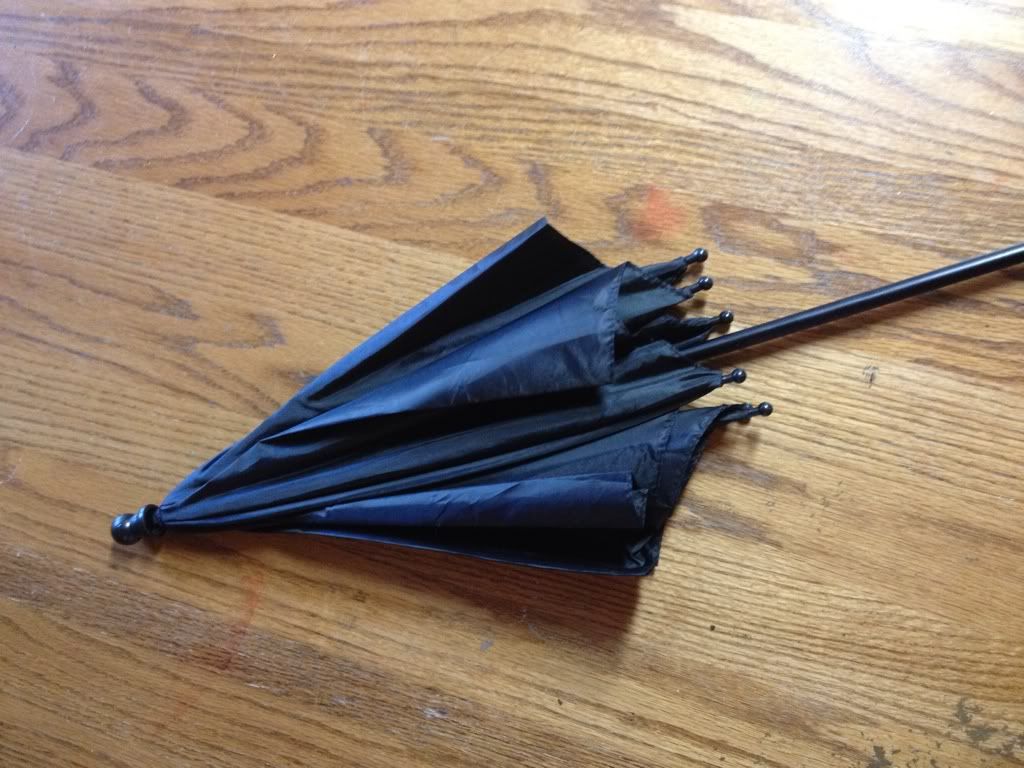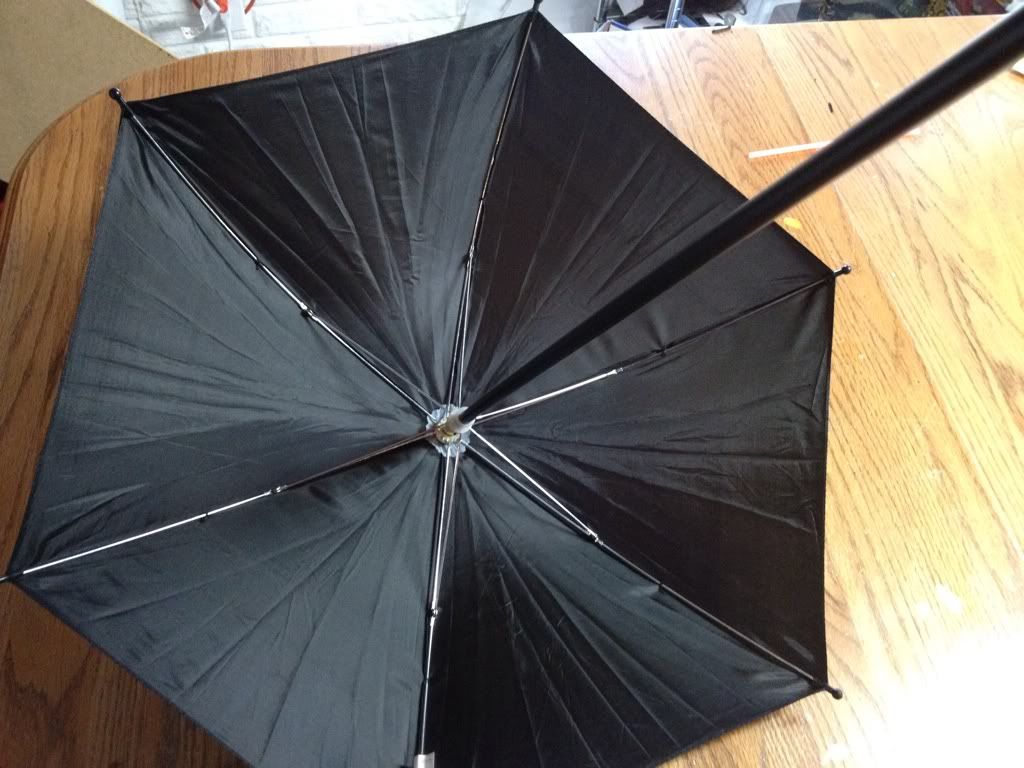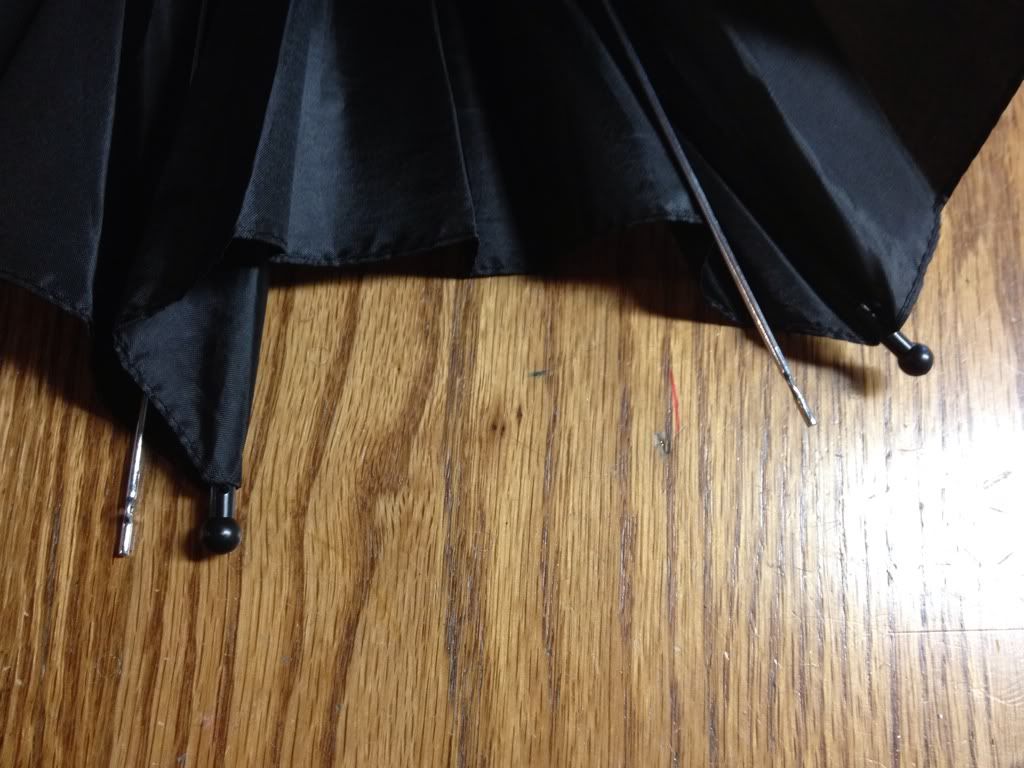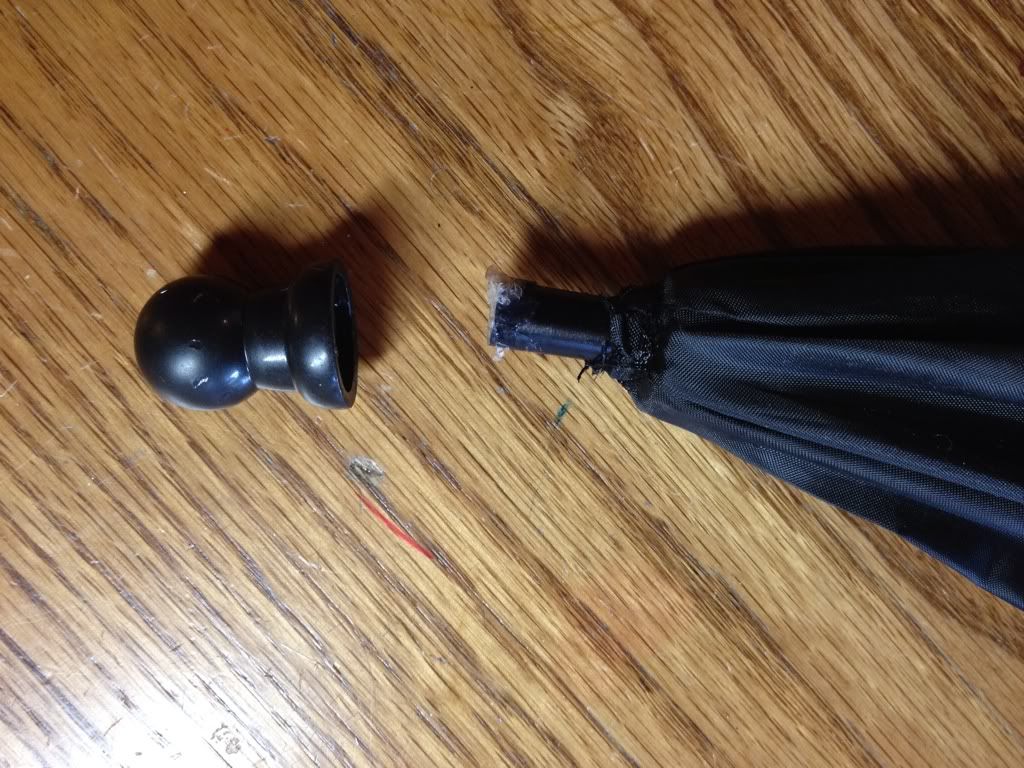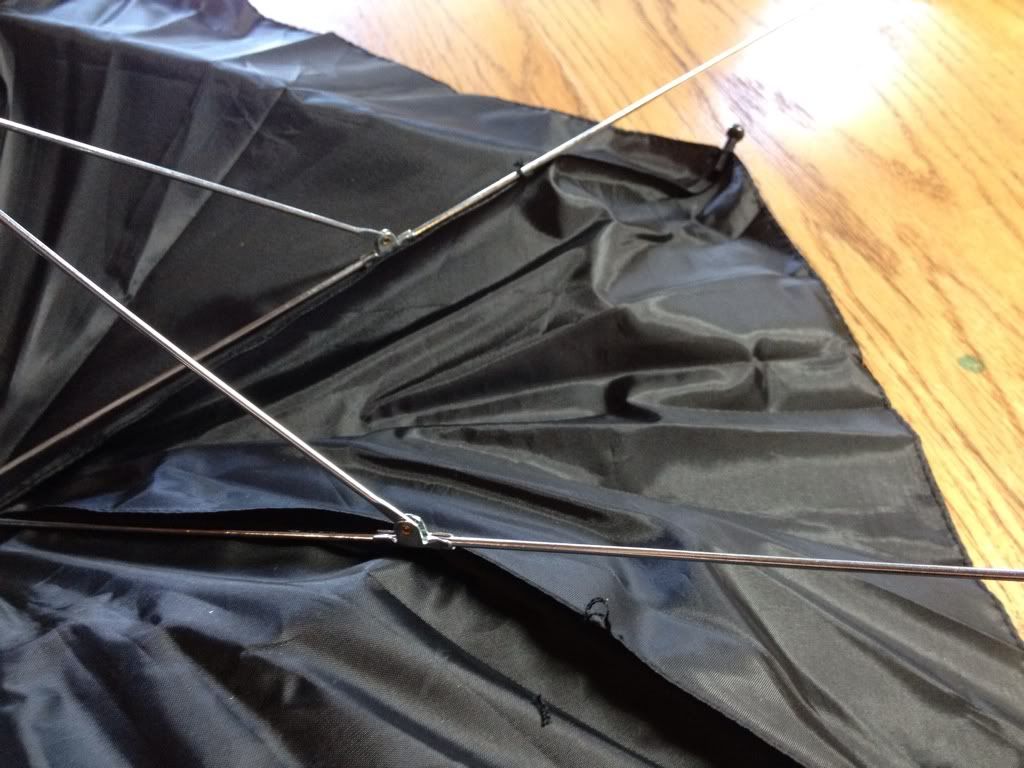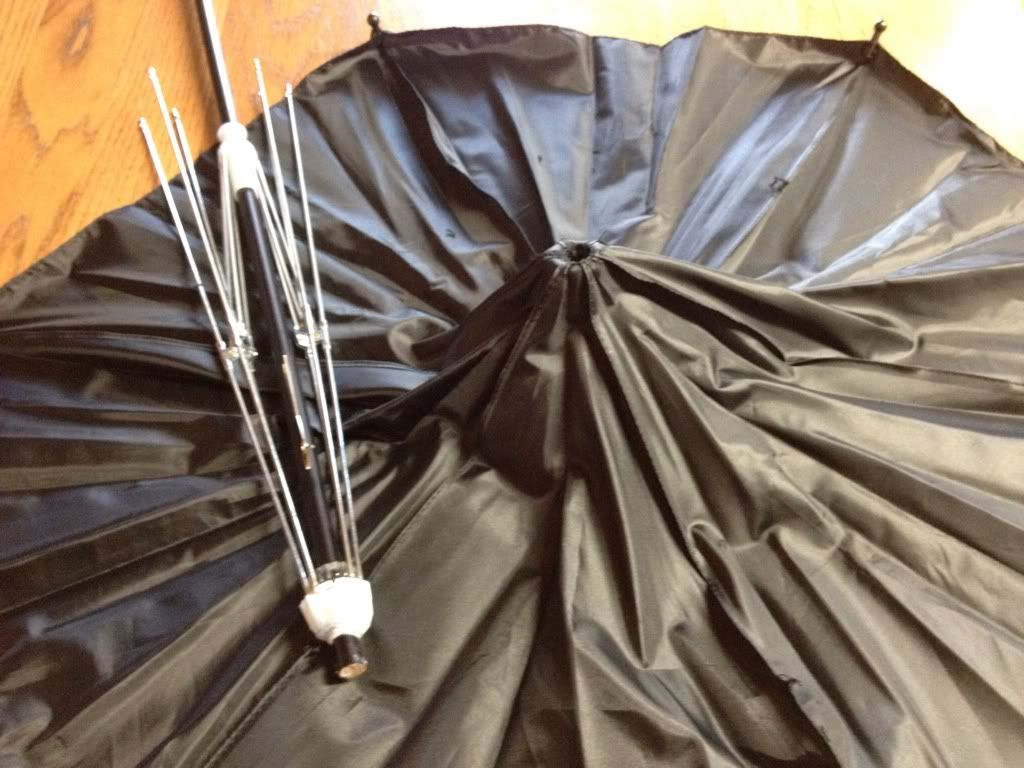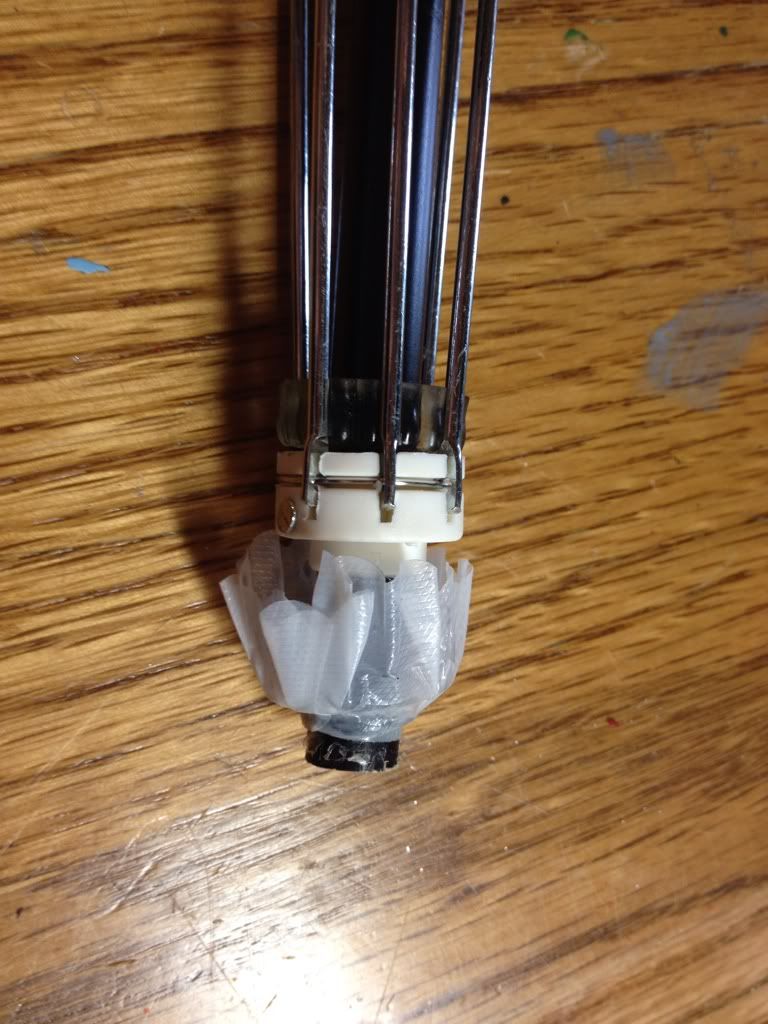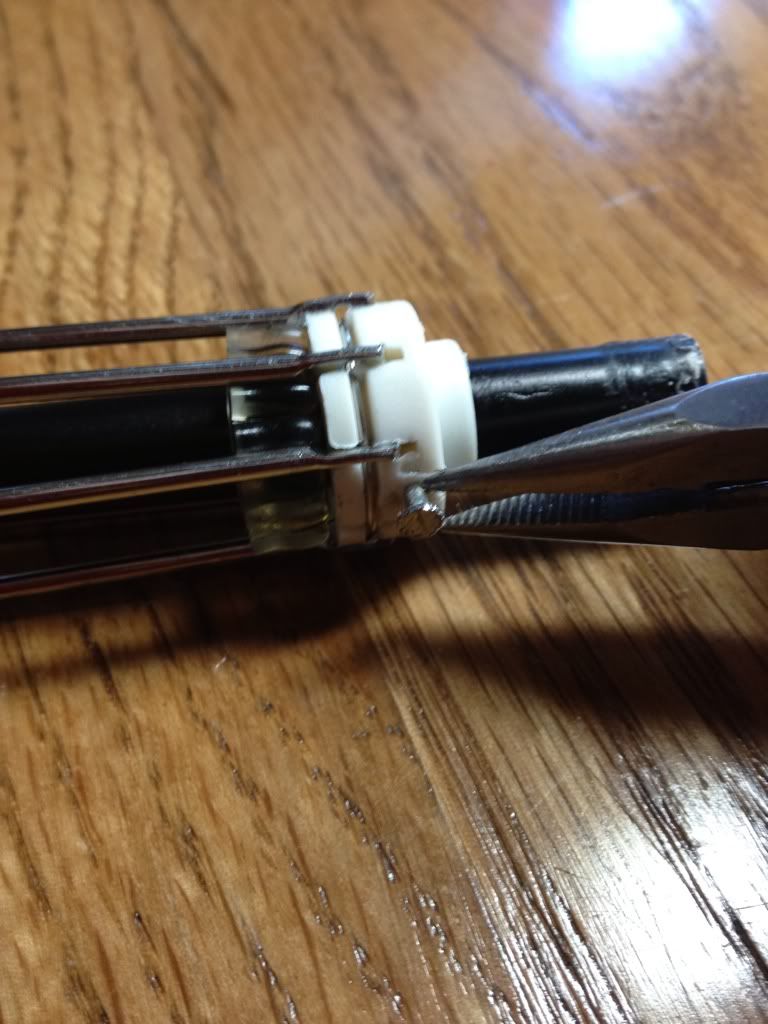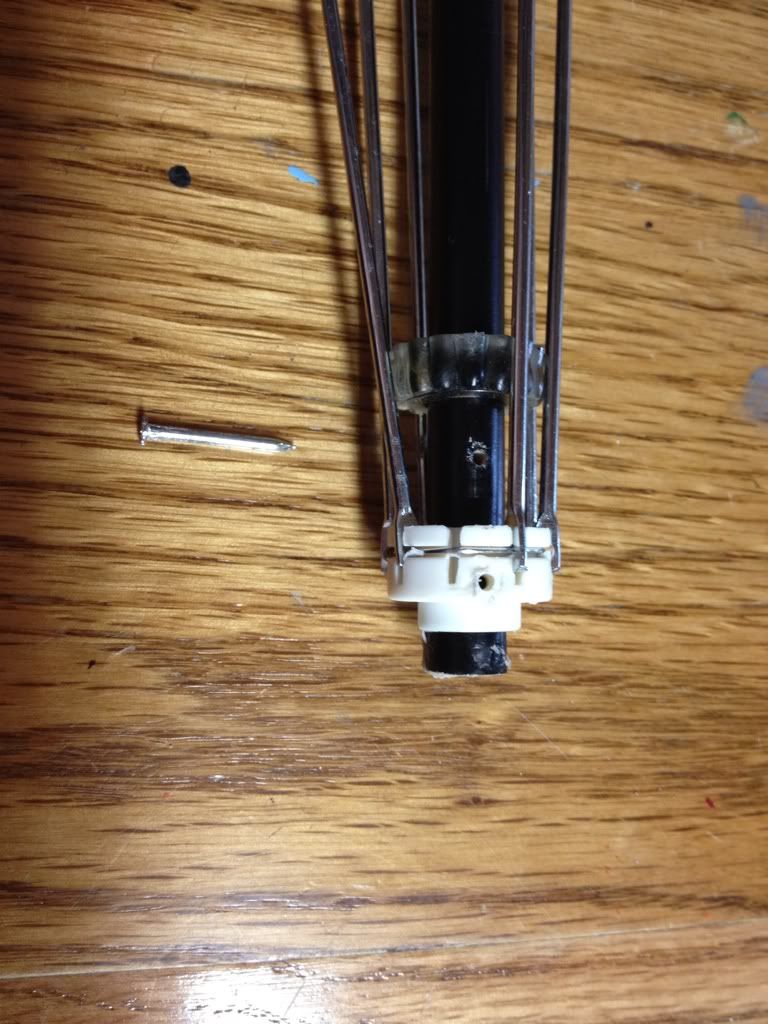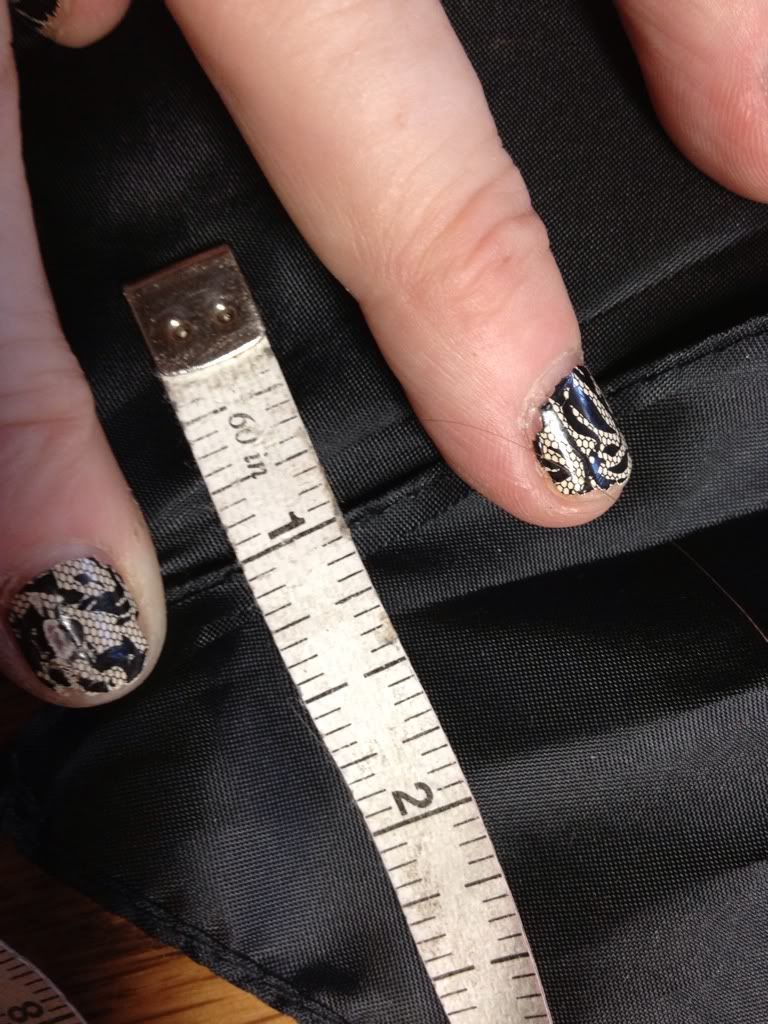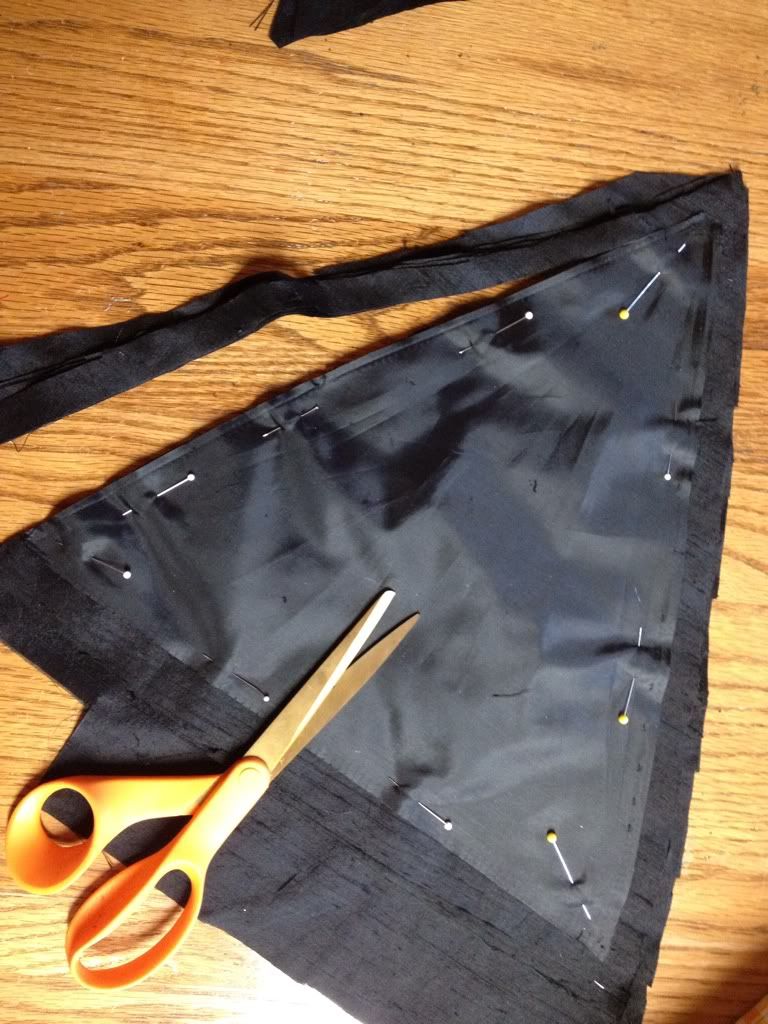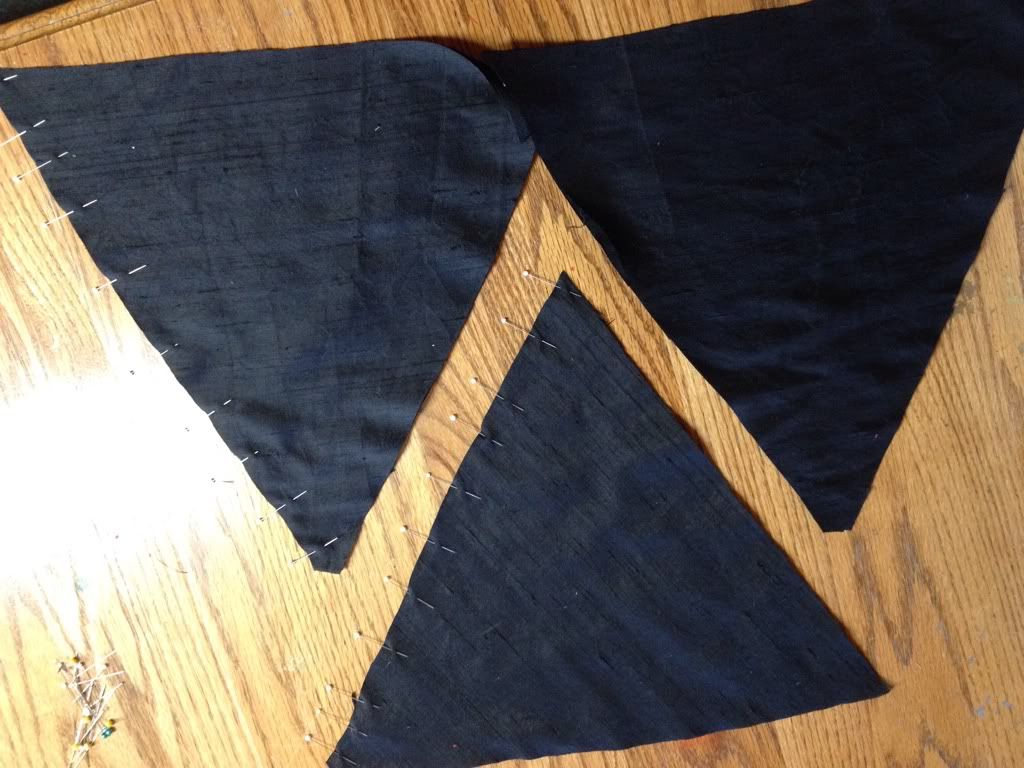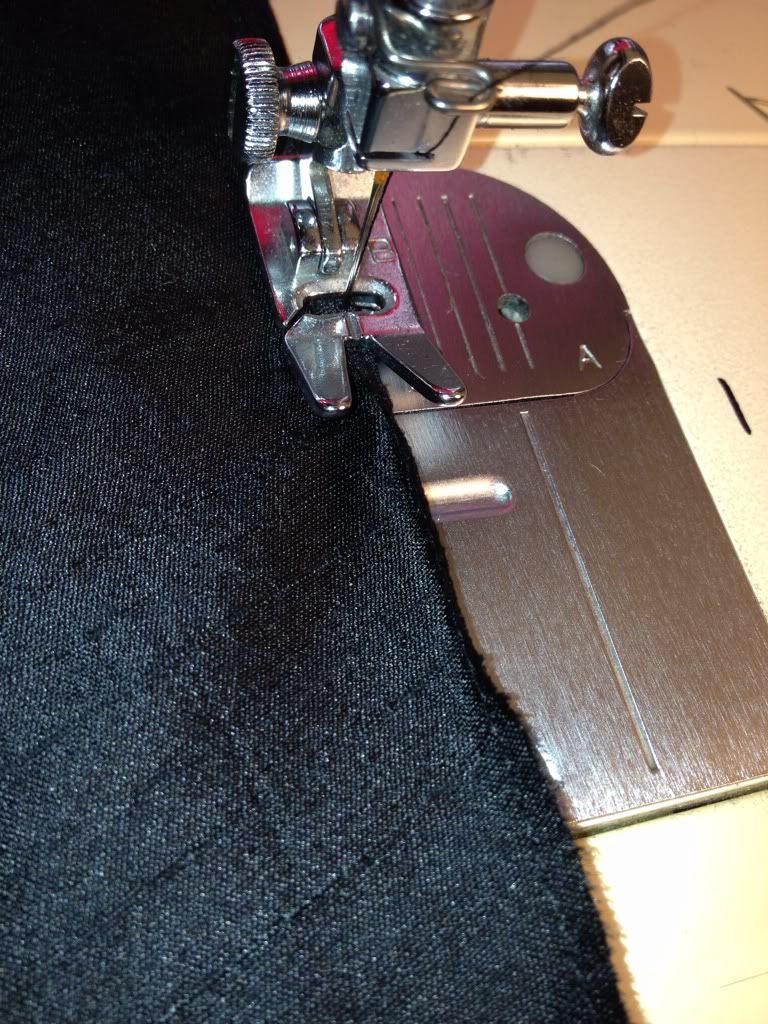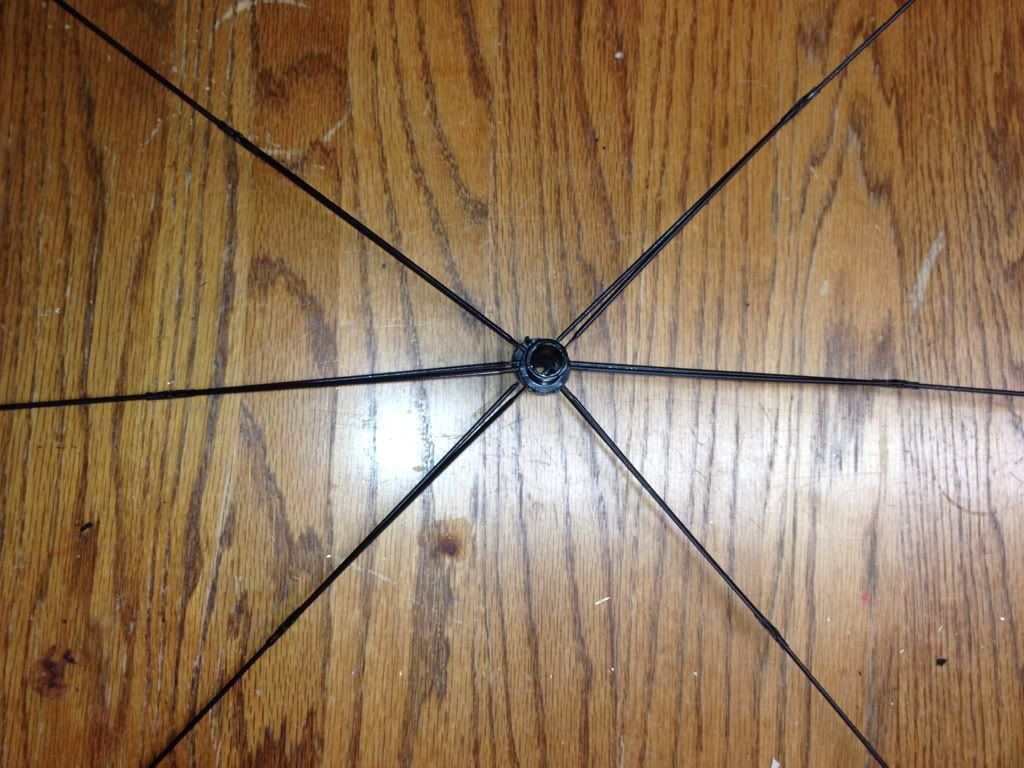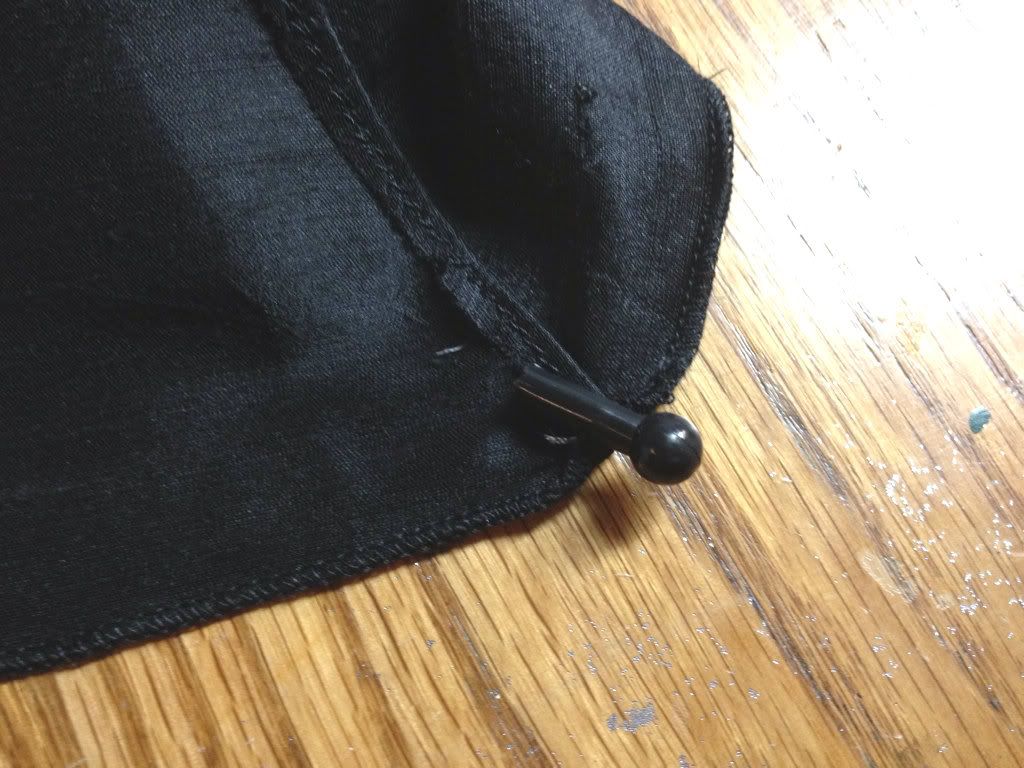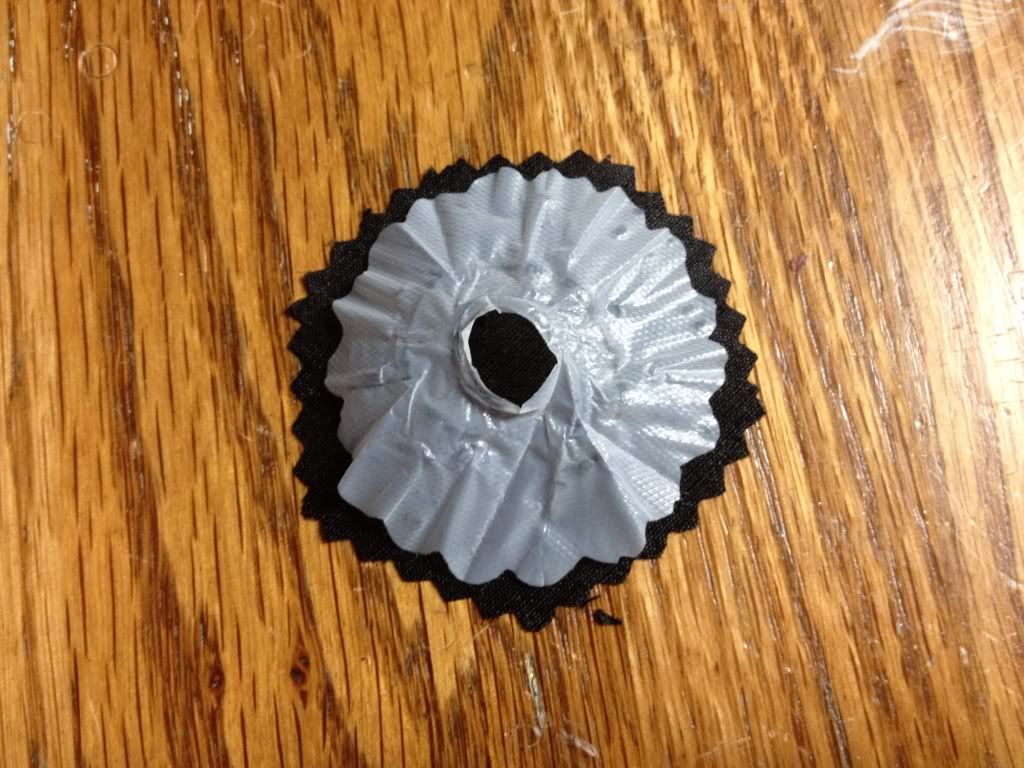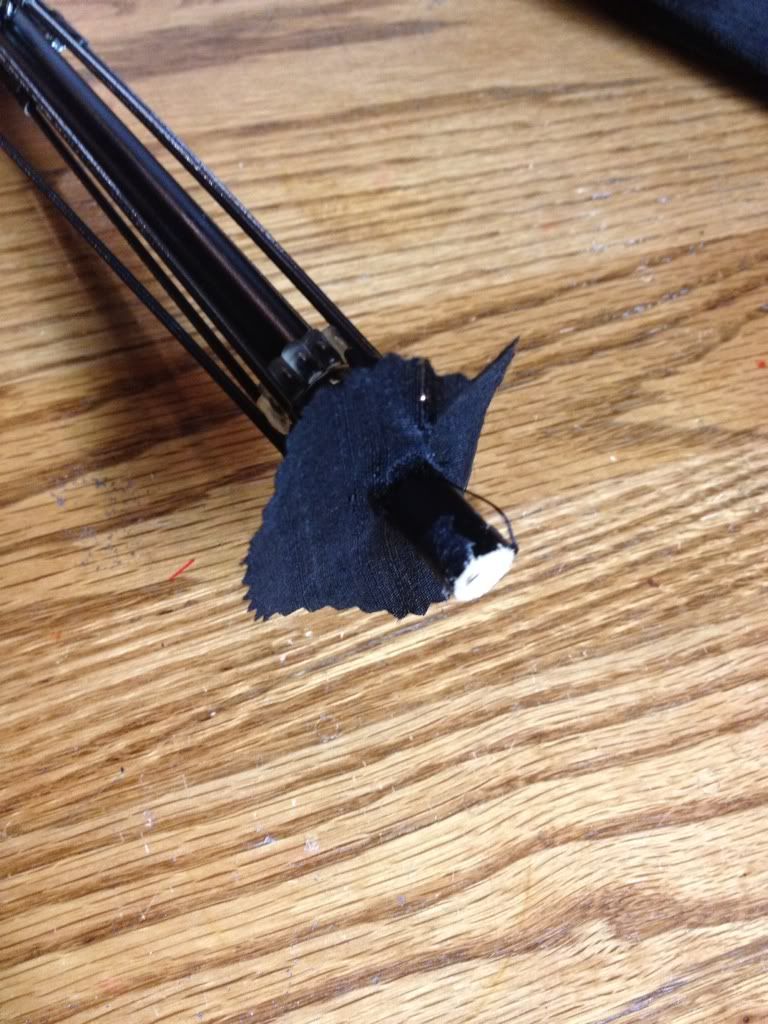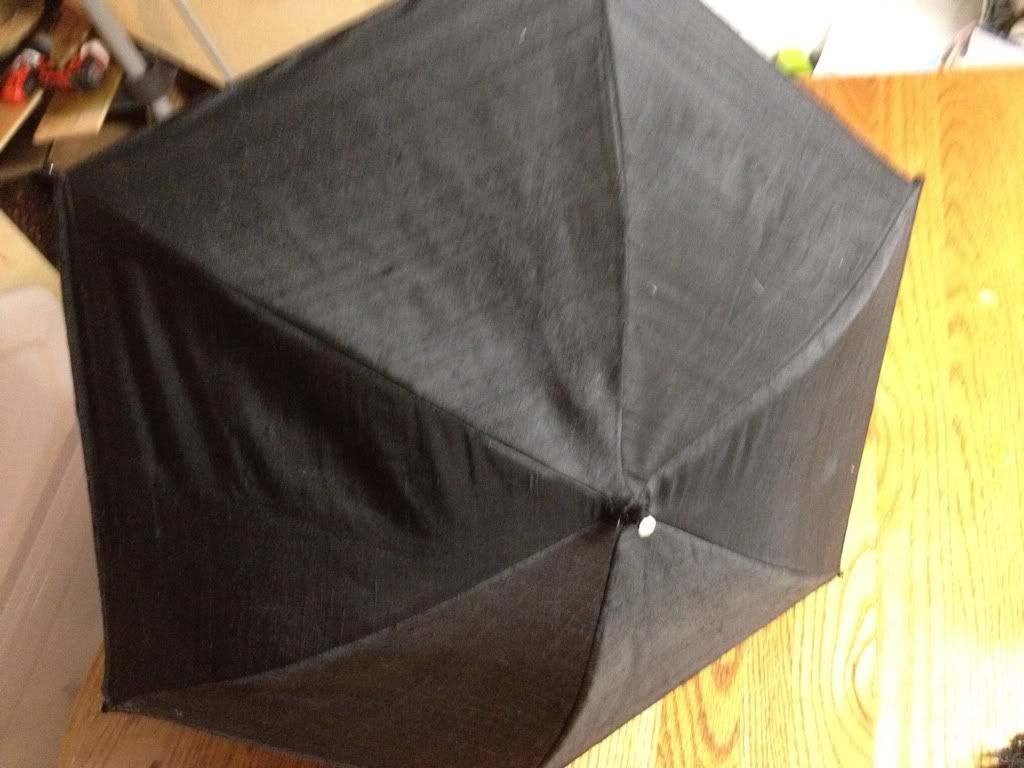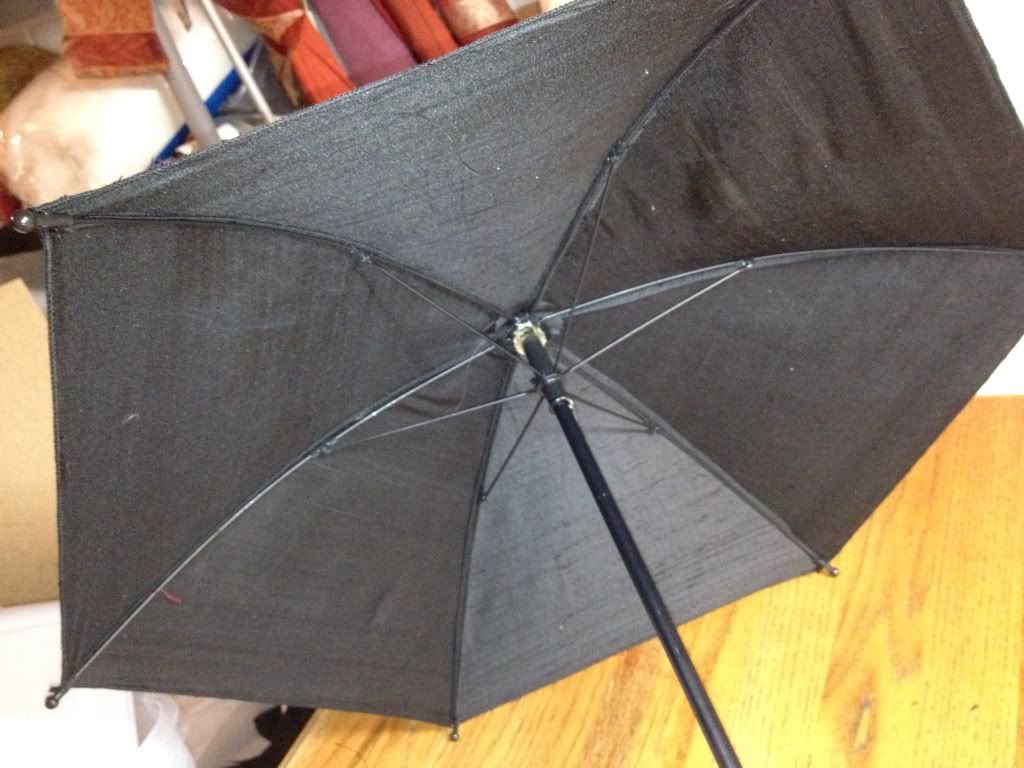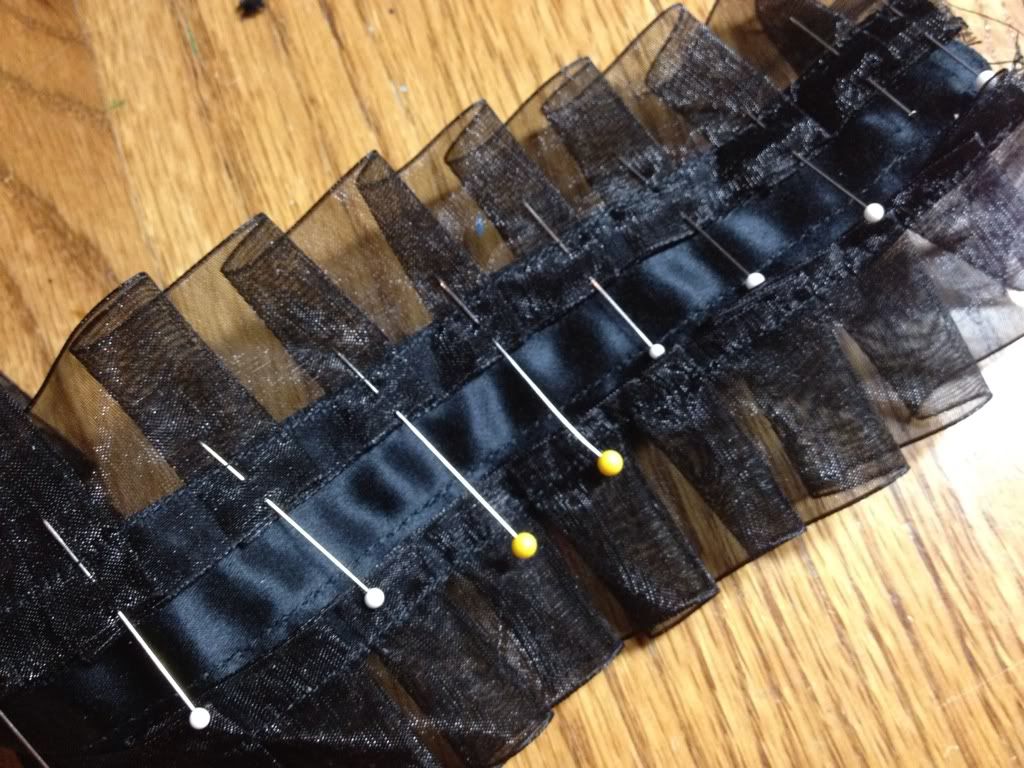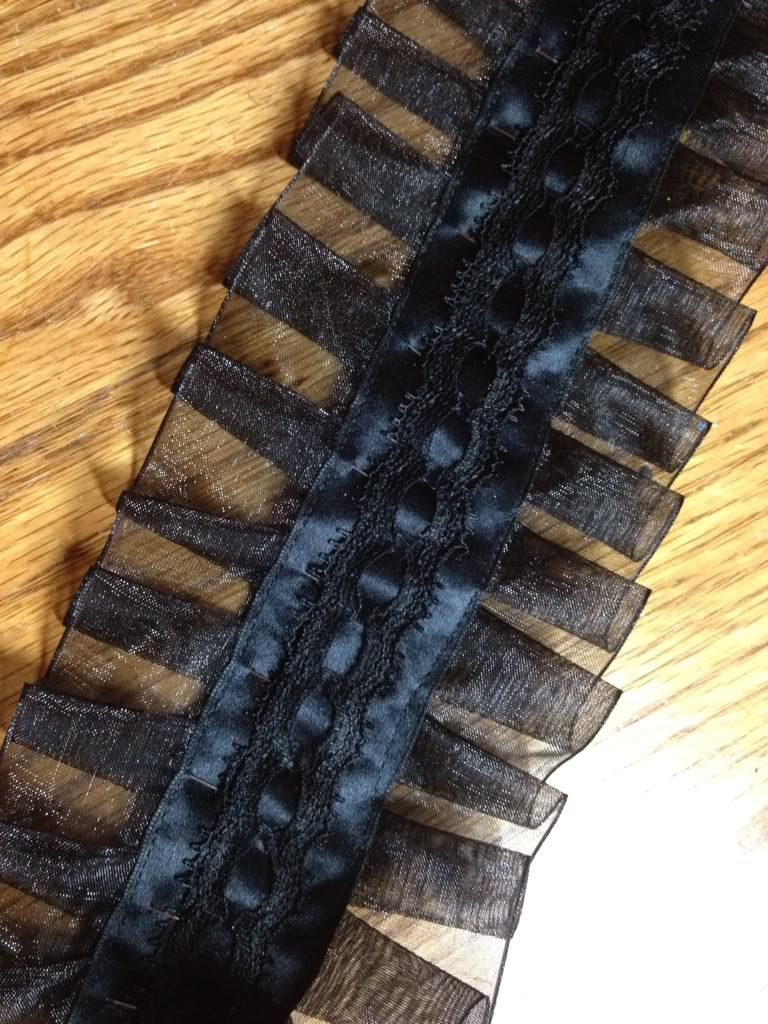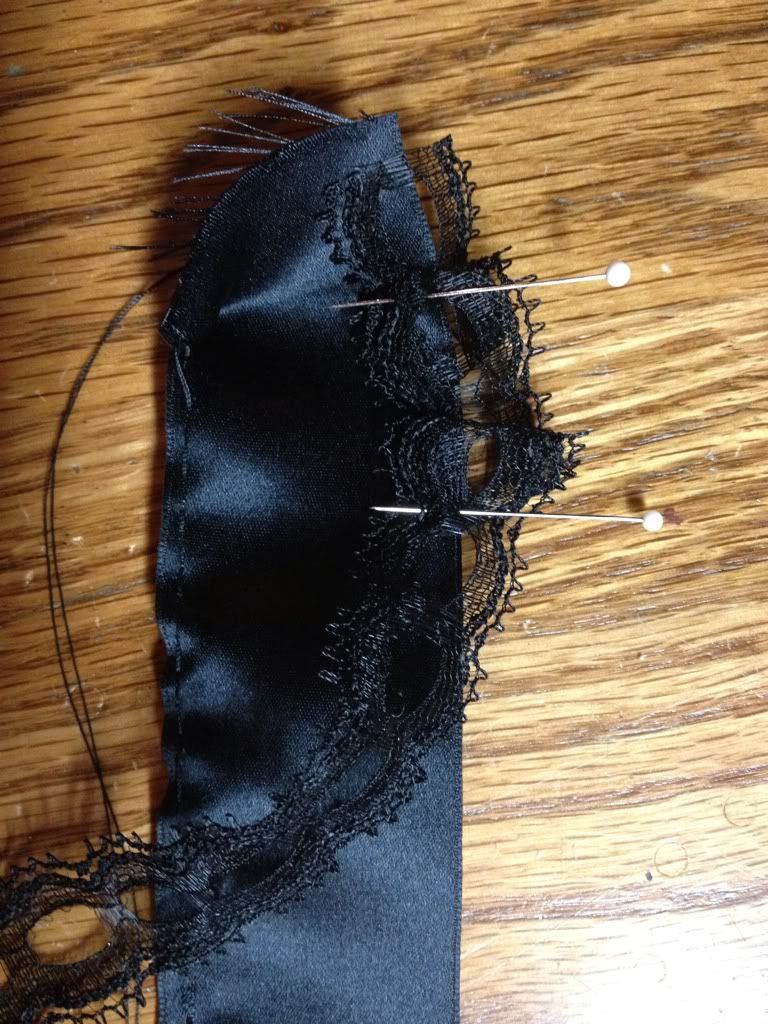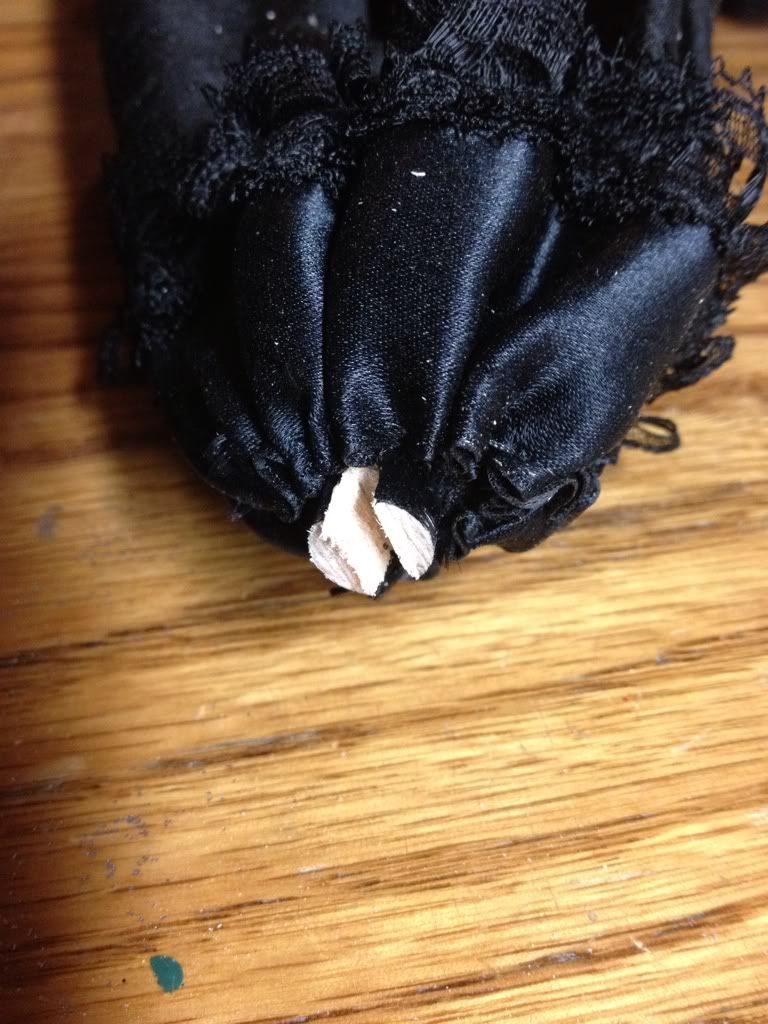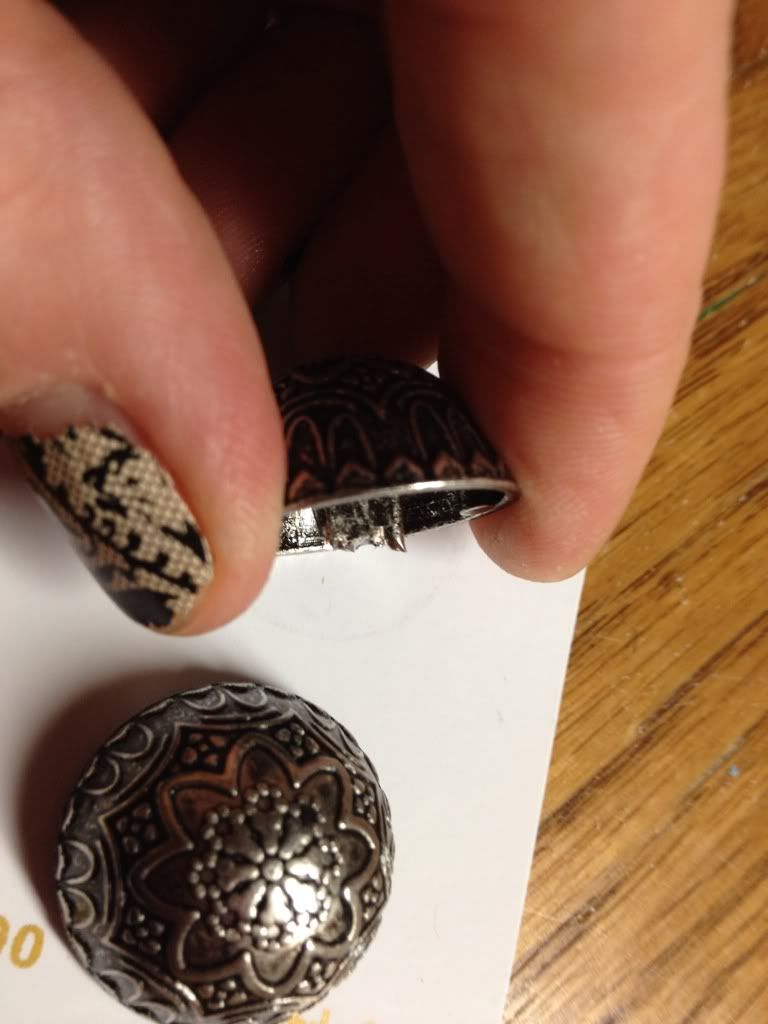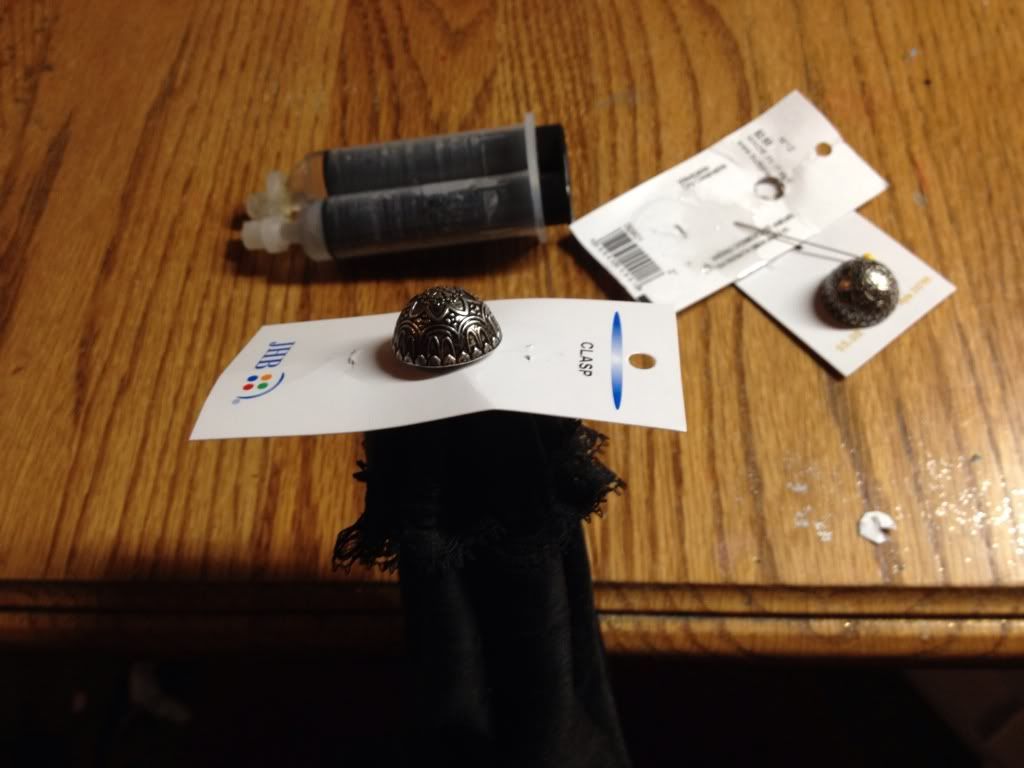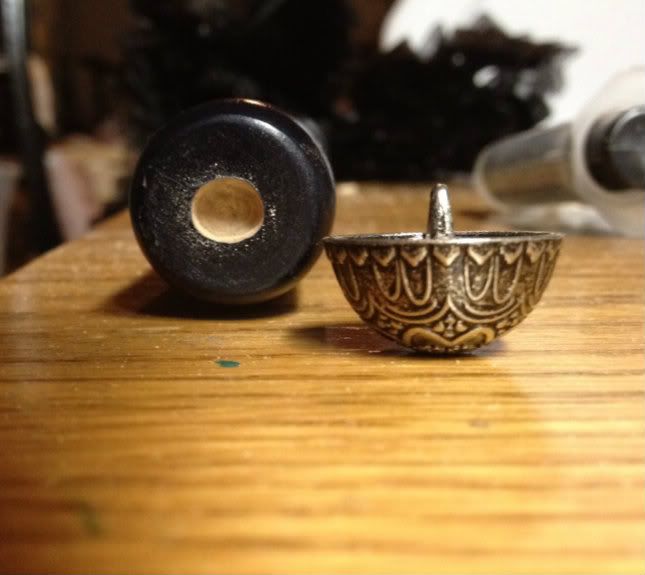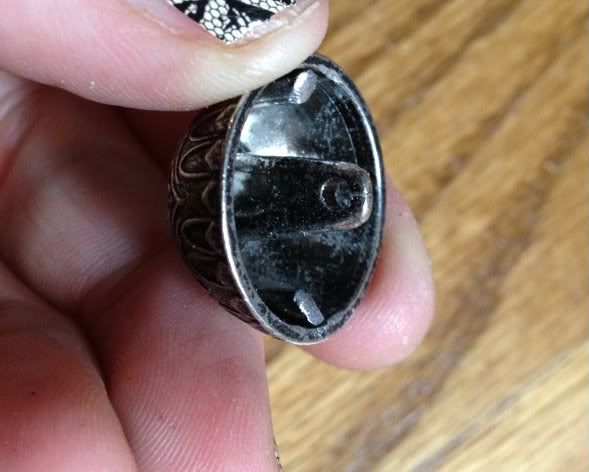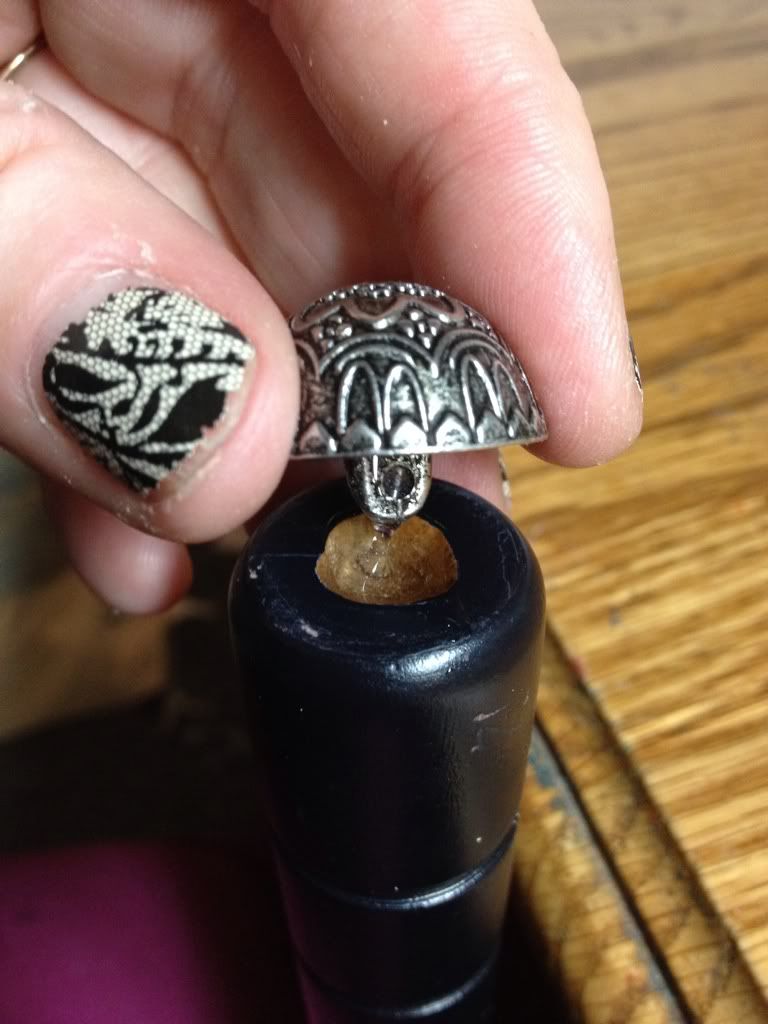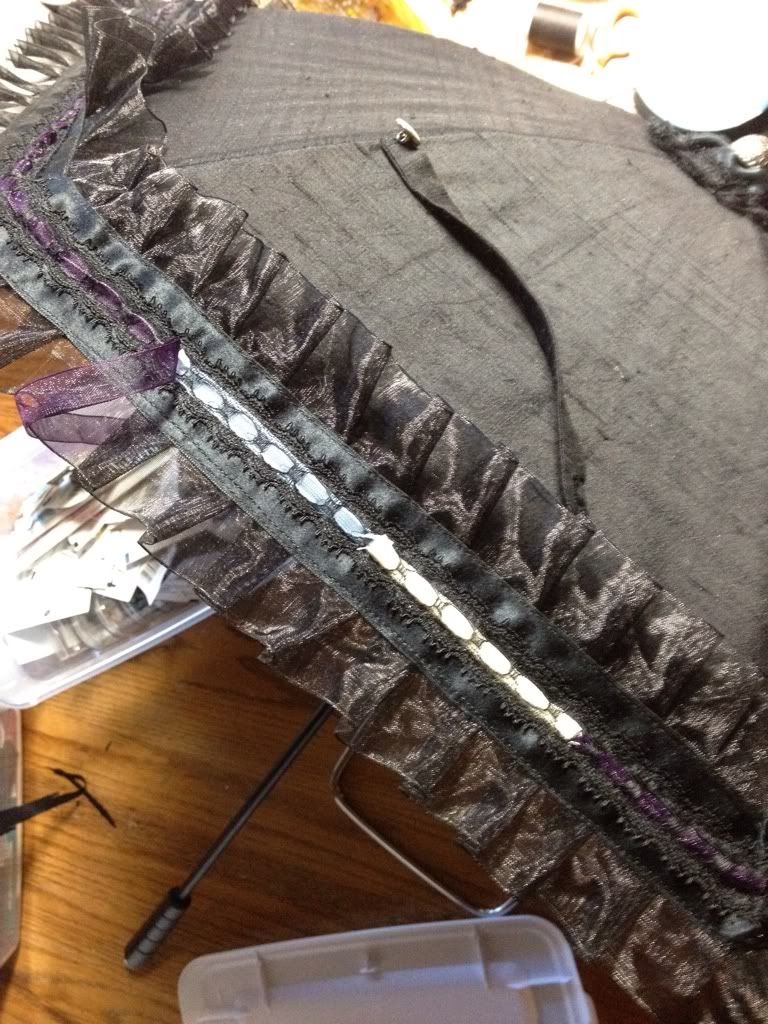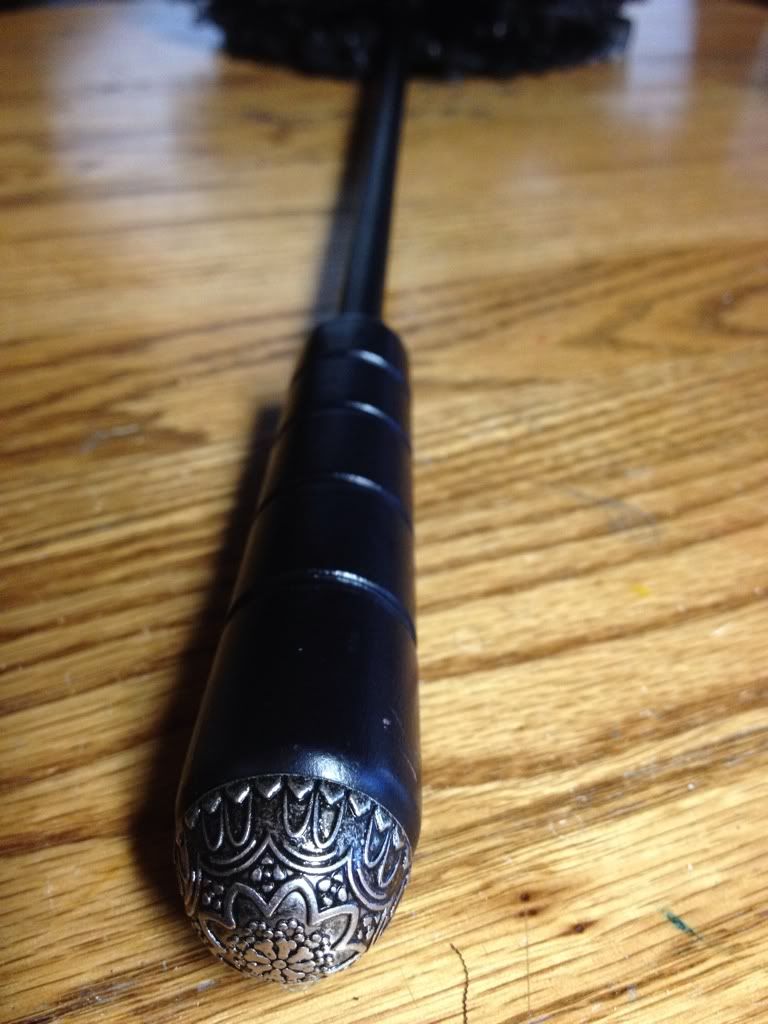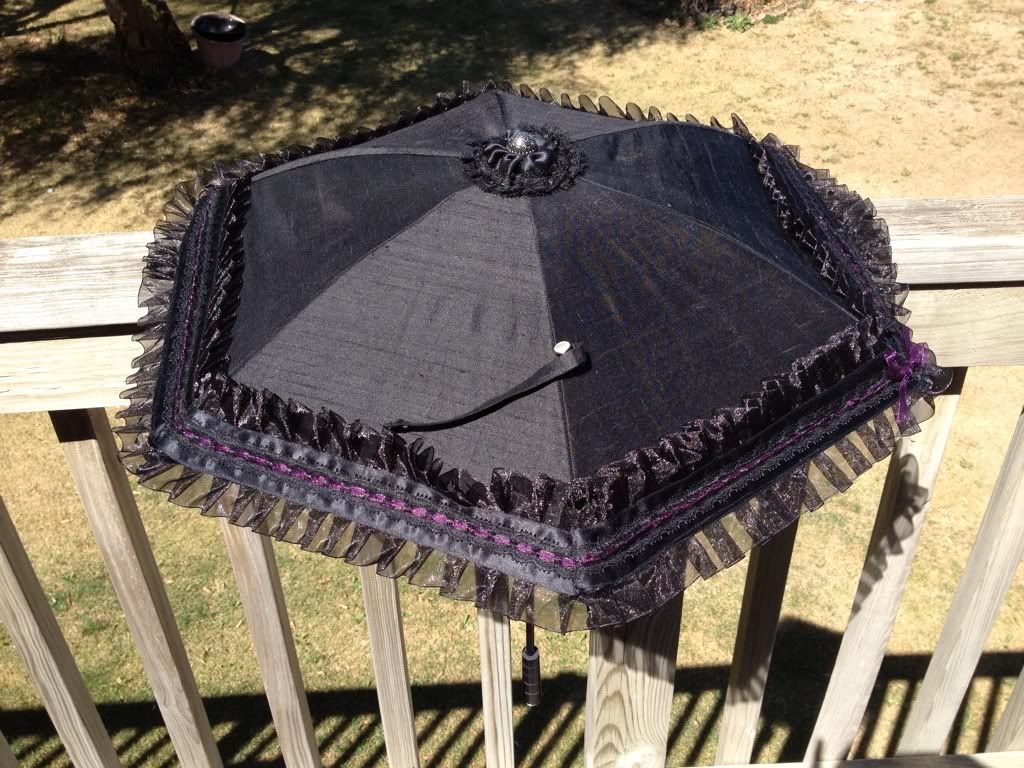Sometimes I need a little project for a quick hit of accomplishment. Ergo, parasol! Sunshades are essential for the Victorian lady and quite easy for the costumer. I did this one in about five hours, and about half that time was decoration.
Little costume parasols are available and quite economical at the
Costumes of Nashua website. I get the thirteen dollar, 28.5 inch nylon parasol, usually a few each in black and white.
Stephanie of Ste. Genevieve Rural Heritage Day currently has a plain black parasol, straight from Costumes of Nashua, and this one is intended as an upgrade. Happy early RHD Stephanie!
We start with a plain parasol:
Now take it apart. A pair of pliers and a small thin screwdriver will be necessary. The rib tips just slide off.
The finial is generally glued on. If it doesn't come off easily, a thirty second dip in a cup of boiled water melts the glue and it'll slide right off. This one came off relatively easily.
A few quick snips release the cover from the ribs...
...And the whole cover lifts right off.
There is a thin plastic cover that fits over the hinge ends of the ribs to keep the fabric from getting caught. Save that for later.
This is the hard part. That nail is what holds the parasol mechanism in place and it's sometimes a pain to get out. This was one of those times. I used the screwdriver to dig and pry under the edge of the screw. Eventually, I got it out enough to grab it with the pliers and wiggle it out the rest of the way.
Now rip the stitching out of the old cover to get one of the triangles that make up the whole cover. Make a note of the seam allowances.
Press the pattern piece and use that to cut six new cover pieces. I'm using silk dupioni scraps from a previous project. It's important to make sure the straight grain of the fabric runs from the point at the center of the cover to the middle of the outside edge of the cover piece. This will put the edges over the parasol ribs underneath fabric cut on the bias. This gives the fabric a little stretch where the ribs come up.
Sew the triangles together with the same seam allowance as the original. In this case it's one eighth of an inch.
The original cover had the pieces laid together, folder over and stitched once. It's hard to see here but I sewed the pieces together flat with a scant one-eighth allowance and then folded the edge over and sewed again. I think the next parasol I do I'll do this step as a rolled hem on the serger.
The silver toned ribs weren't horrible, but the white slider was, so I hit it with a little black spray paint. If I was doing another color for the handle I'd sand and spray the whole structure.
Hard to see in this shot but I hemmed the outside edge with a rolled hem on the serger. If I was going to make a plain cover I'd do a narrow stitched hem, but this edge will be covered with decorations. The rib tips are replaced at this time.
The ribs are dry and the parasol gets re-assembled. The nail goes right back into the original hole.
The white plastic fabric guard has to go! I pinked a circle of black silk to go in its place.
A few snips opens a hole for it to slide onto the handle.
The cover slides back over the handle and the rib tips slide back into place.
Now it's Fun Time!! Black silk ribbon about 1.5 inches wide, edged with black organdy ribbon. I think the pleats took the longest of any step. Music helps with the boredom of pleats. There is only one playlist for a black on black project. Johnny Cash.
The black beading lace went on before the pleats.
The trim piece was applied while the parasol was open to be sure not to make the cover too tight. Dupioni hides stitches quite nicely on the inside and all layers of the decoration make for lots of places to hide hand stitches.
The top needs a little decoration too. More of the wide silk ribbon and more of the beading lace. The edge gets gathered to make a ruffly circle to slide over the top.
This is my favorite part! You could just hot glue the original plastic finial back in place, but these metal buttons look so much neater. That little tongue-shaped shank...
...is going into a slot I'll cut into the top of the handle. Risk=high, reward also high! I cut a hole in a button packaging card to just fit the handle and use that for a guard so I don't tear into the trim with the coping saw.
The slot is about as deep as it can go but the button still sits a little high for my taste.
I use my stonking great corset steel boning cutters to gnaw off as much of the shank as I can reach.
I leave the guard in place and apply two part epoxy to the slot. The button sits in nicely now. As the epoxy sets I turn the guard a few times to keep it from getting stuck and then I can just tear it off after the glue sets completely.
The other button finishes the handle end. I drill out a hole large enough to accommodate the width and length of the button shank.
However, the button has a couple of places inside that interfere with the rounded edge of the handle. I use a dremmel to grind them out of the way.
The hole gets filled with more epoxy and I hold it for a good ten minutes to make sure it stays centered. The Johnny Cash playlist has long since finished and this is a good time to watch a little Netflix. One might think a costume drama would fit the bill, but somehow I landed on Captain America. :D
The great thing about the beading lace is that different colors of ribbon can be swapped out to coordinate with different outfits. You can also see here the strap that holds the parasol shut. It's just a scrap of the fabric doubled and sewn into a half inch tube. It gets turned, ends tucked in and a buttonhole. Hand sew it to the parasol and add a matching button.
The finished parasol.
